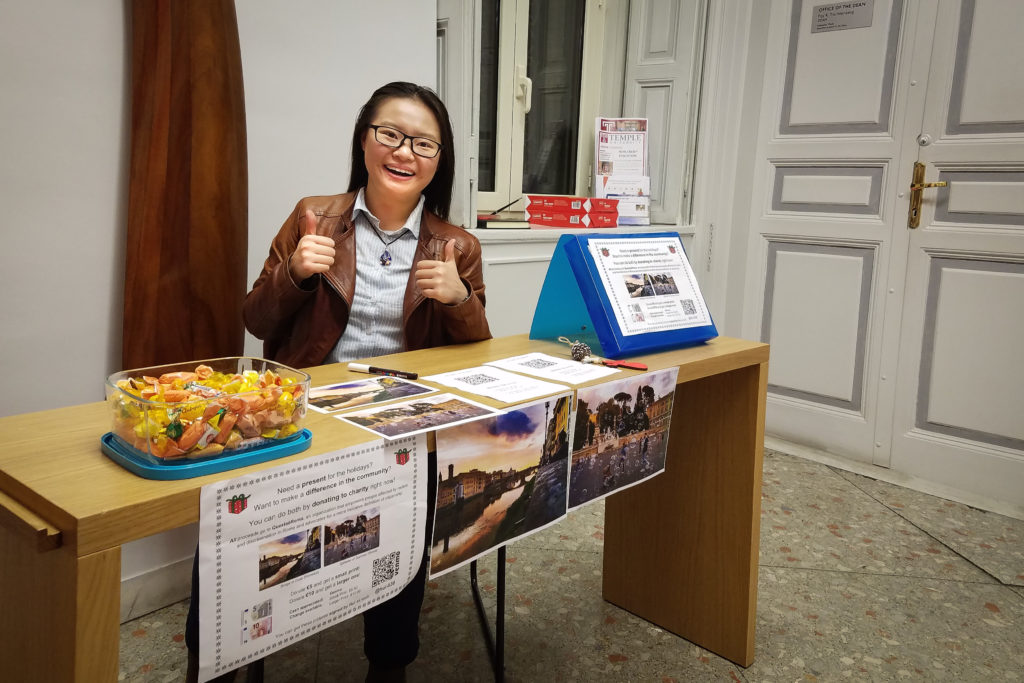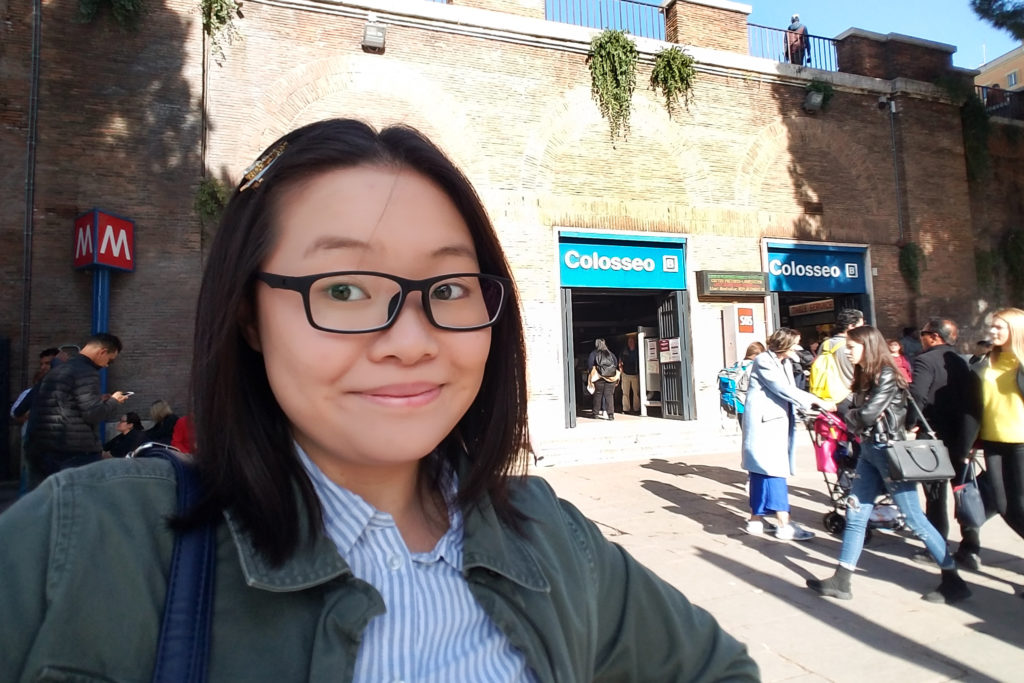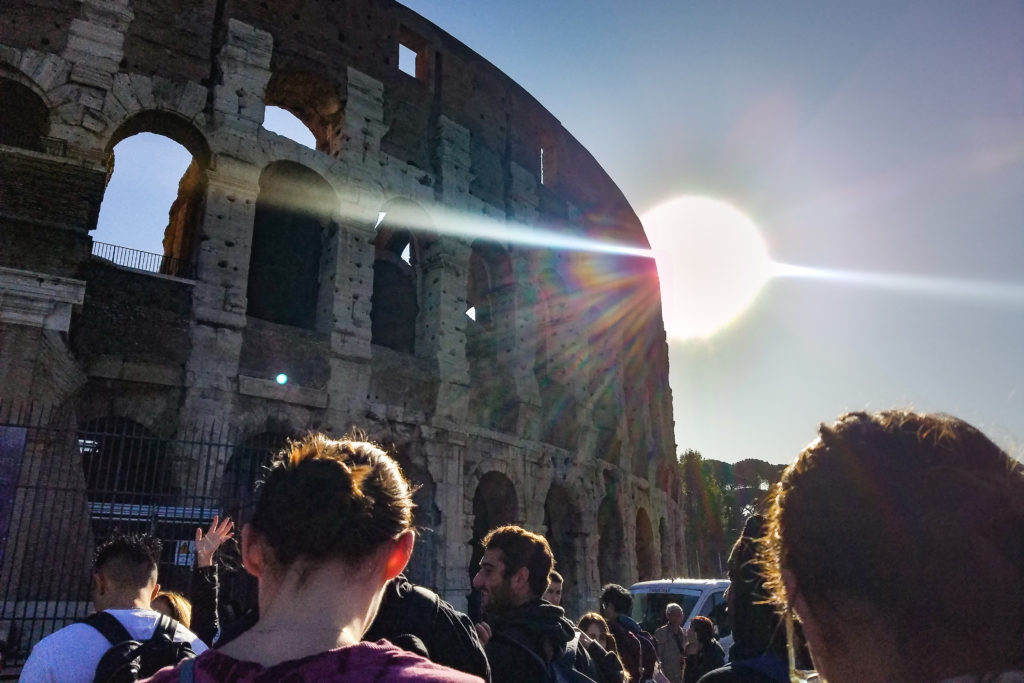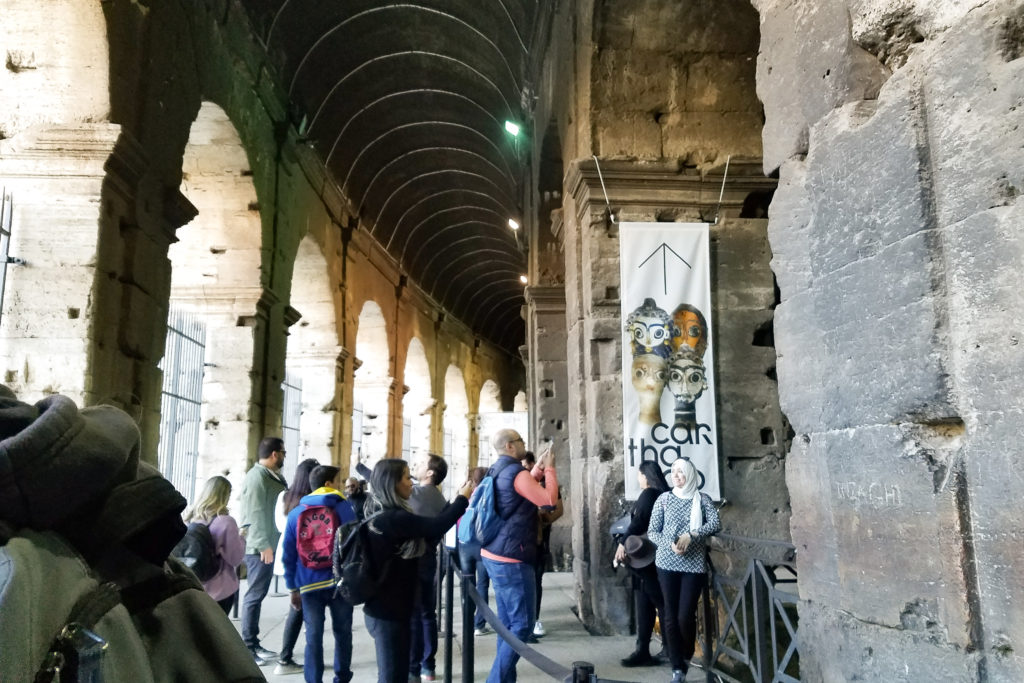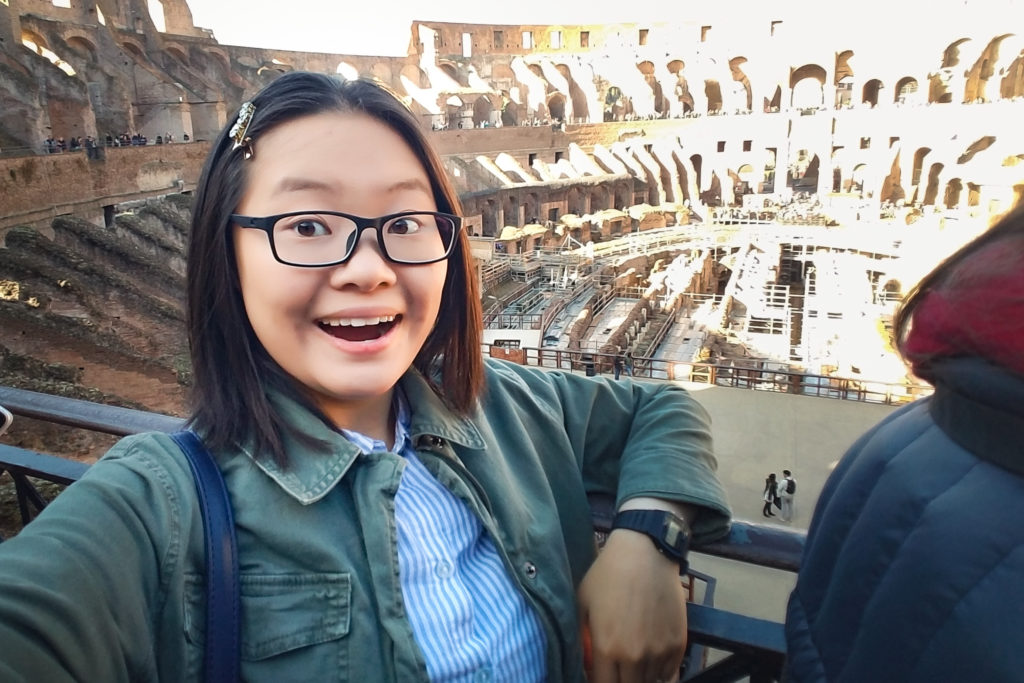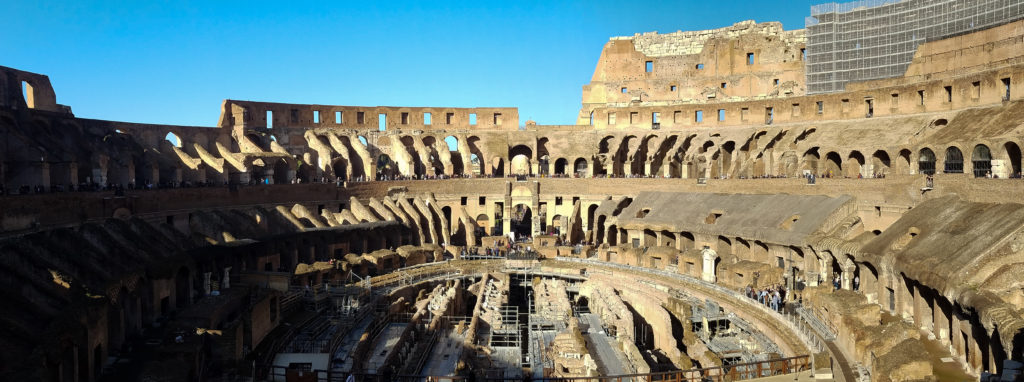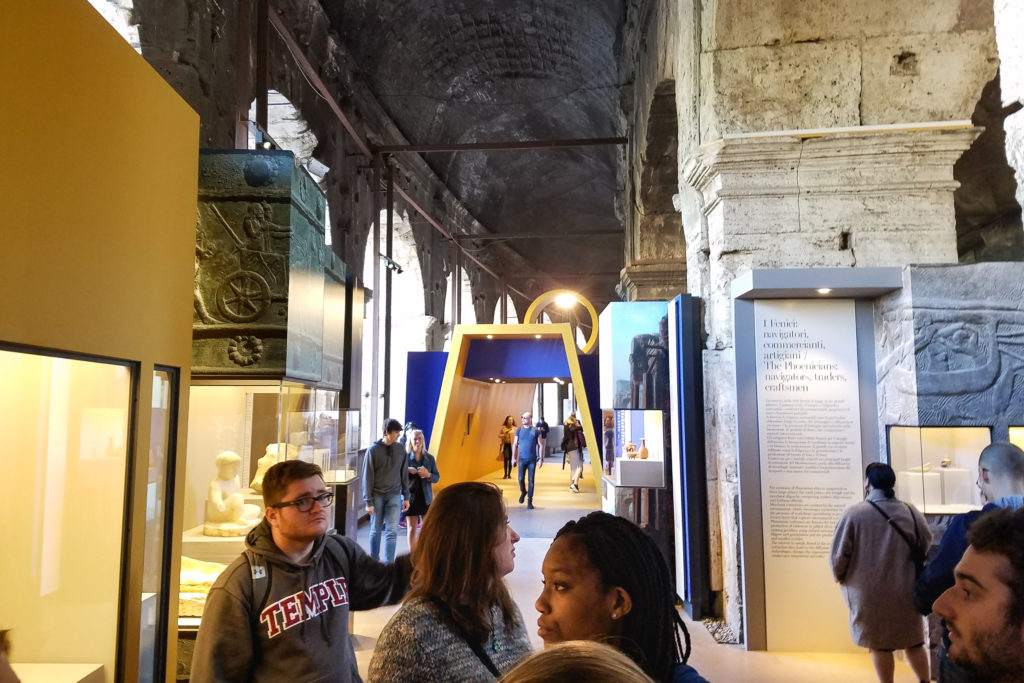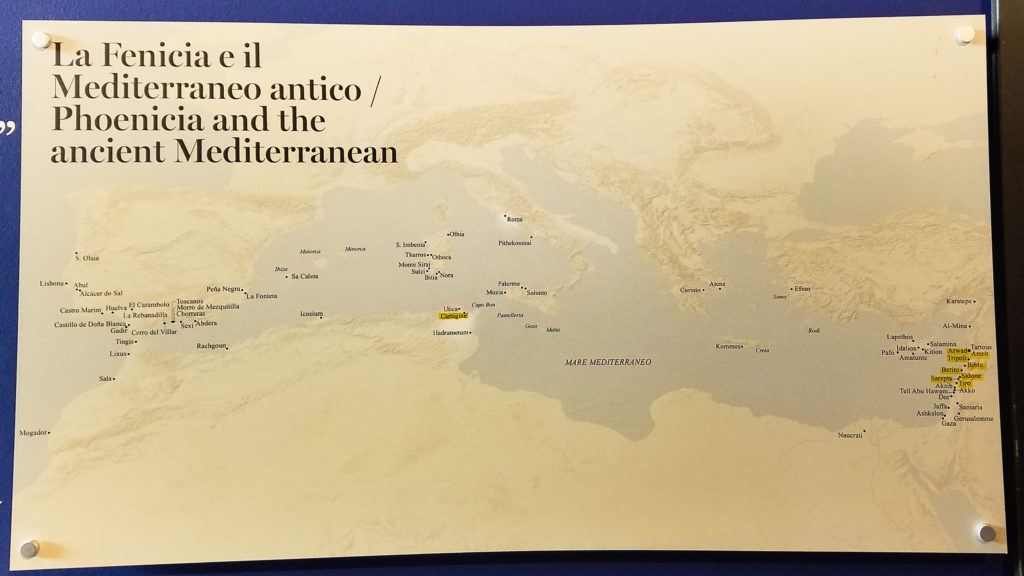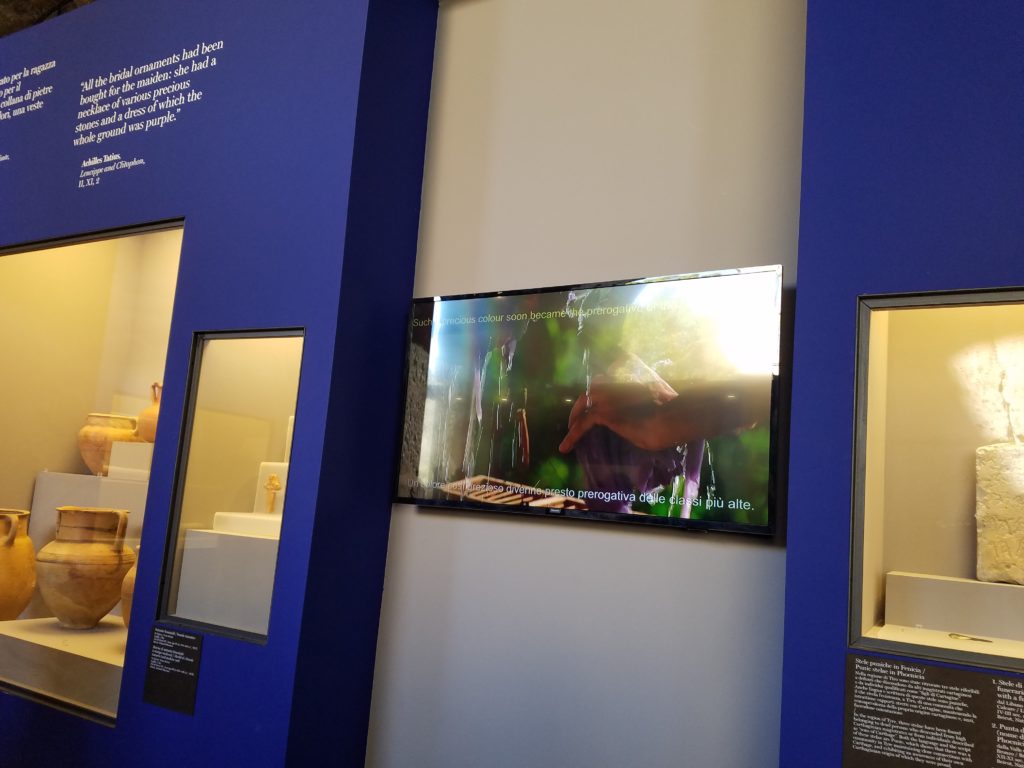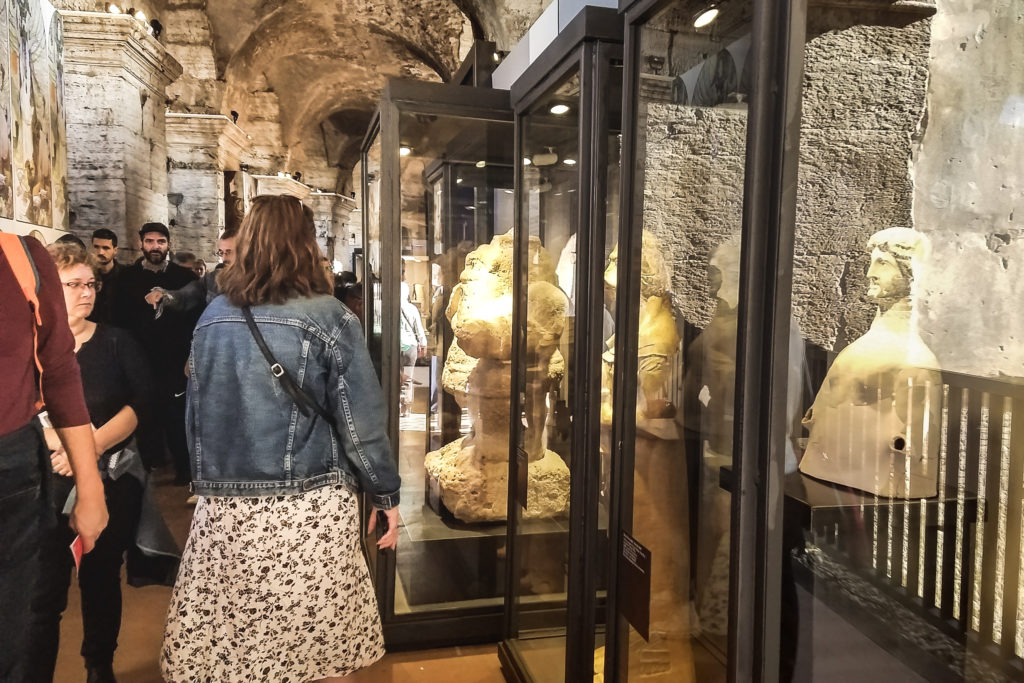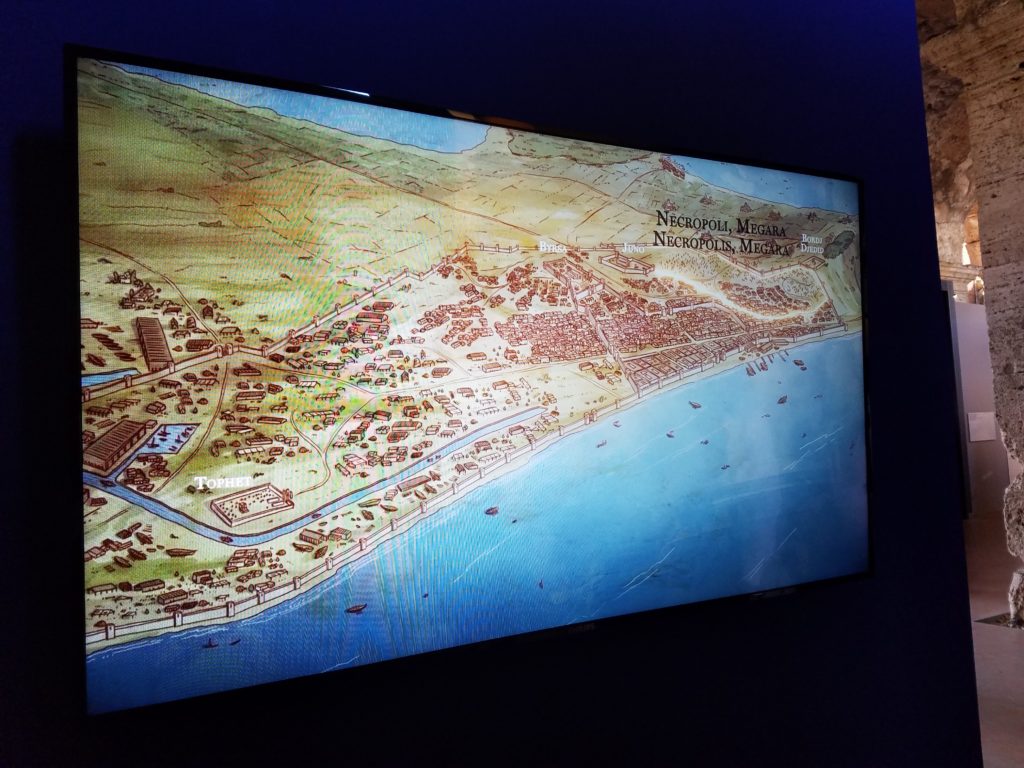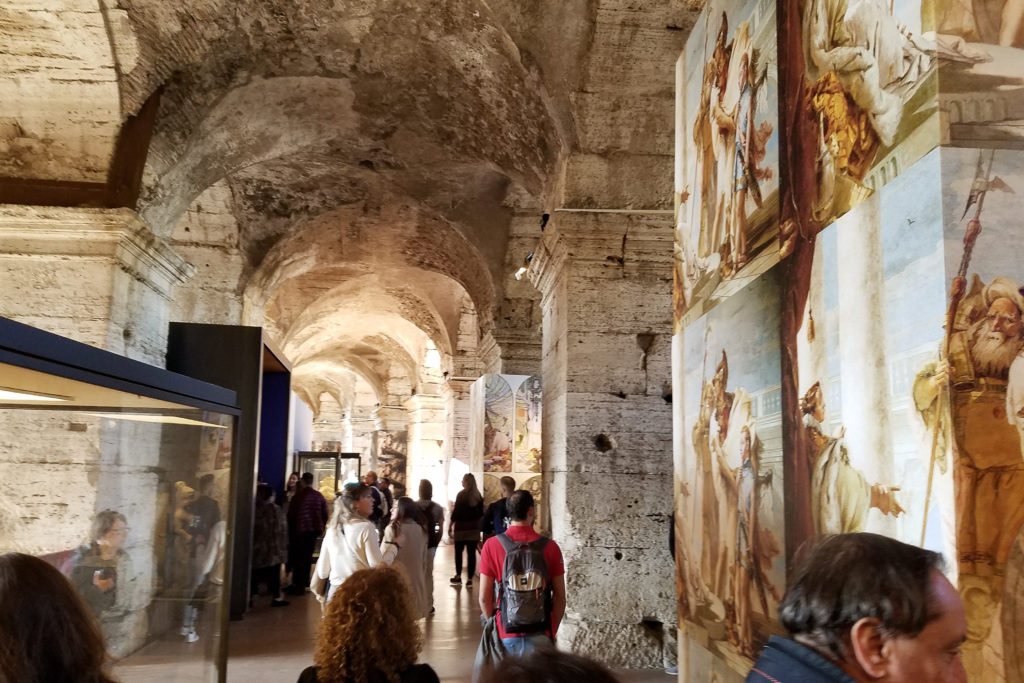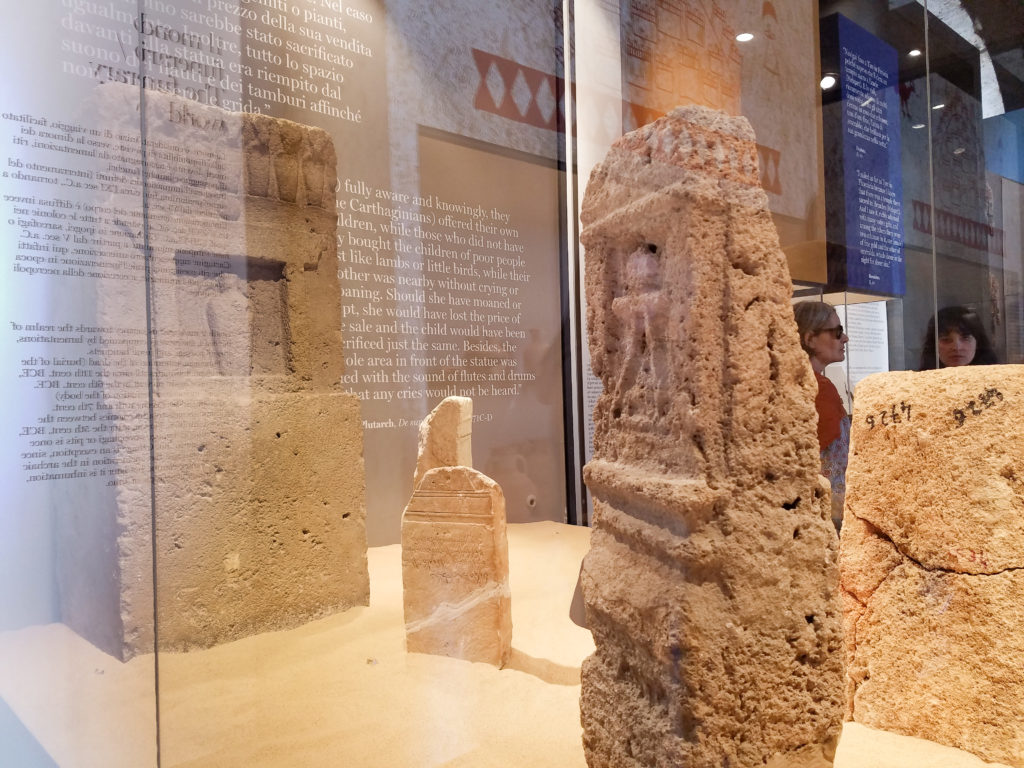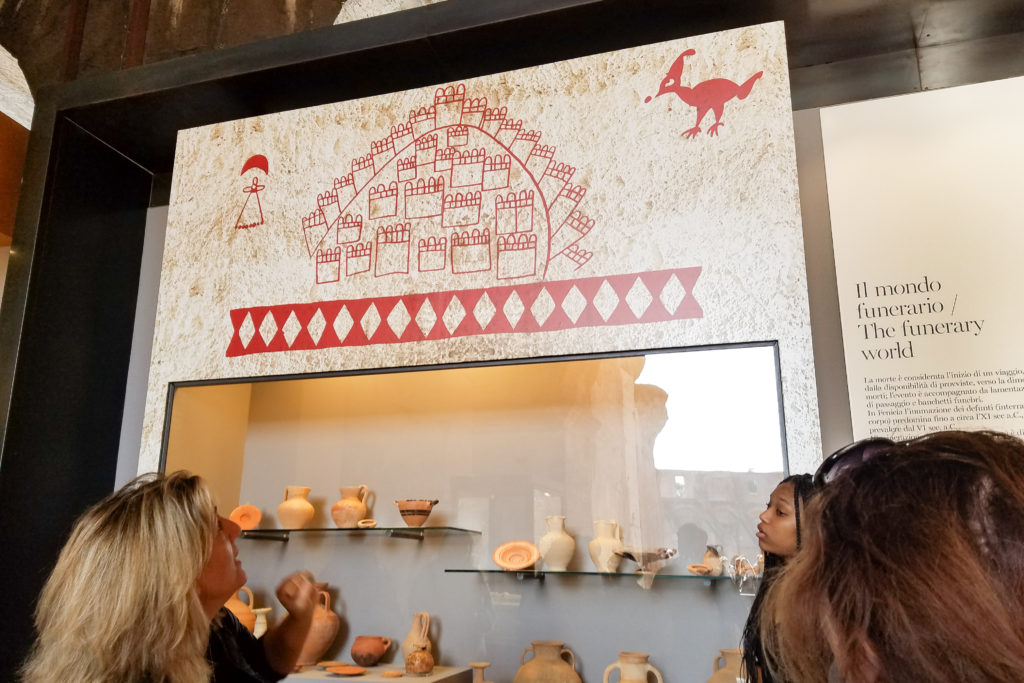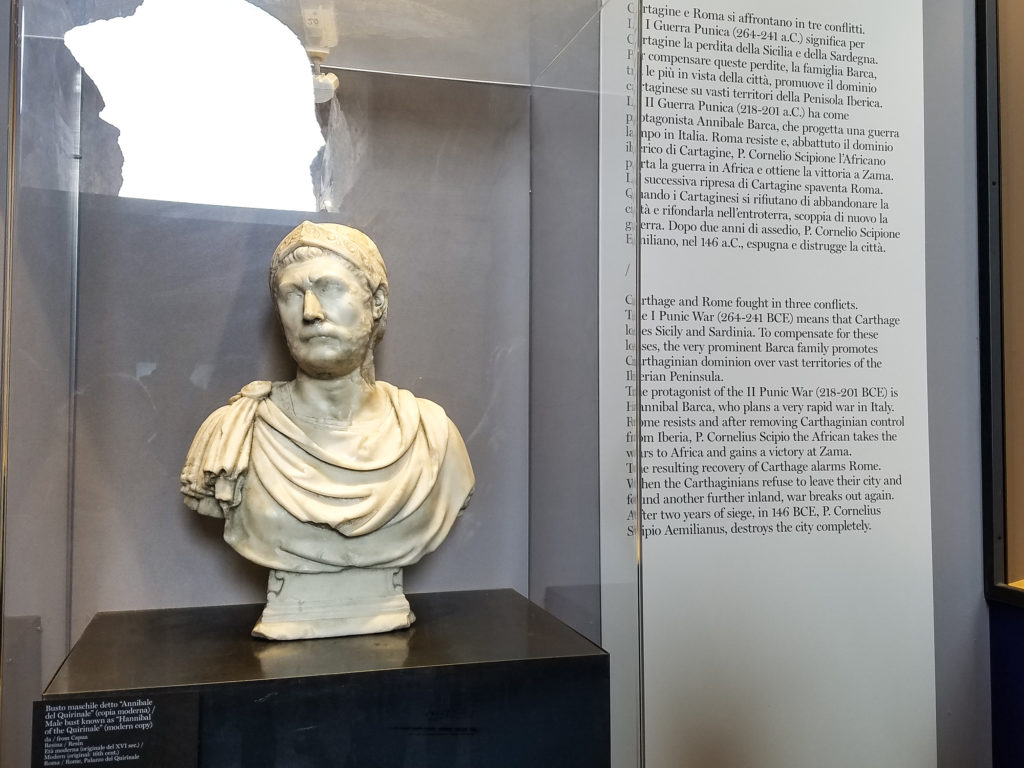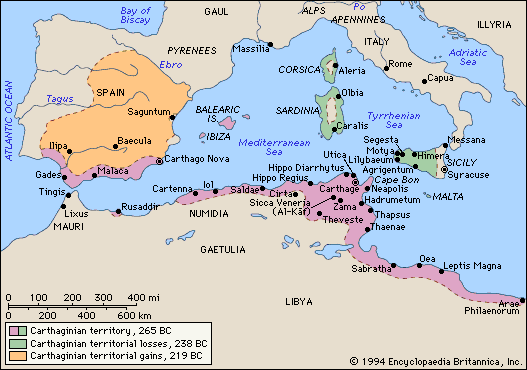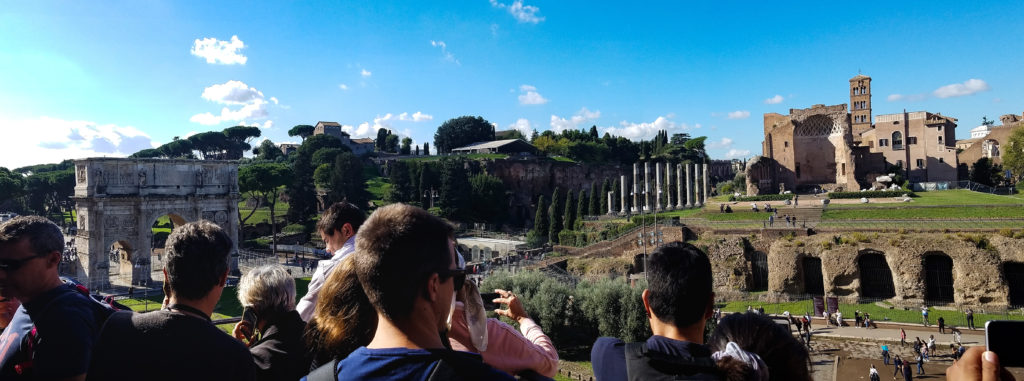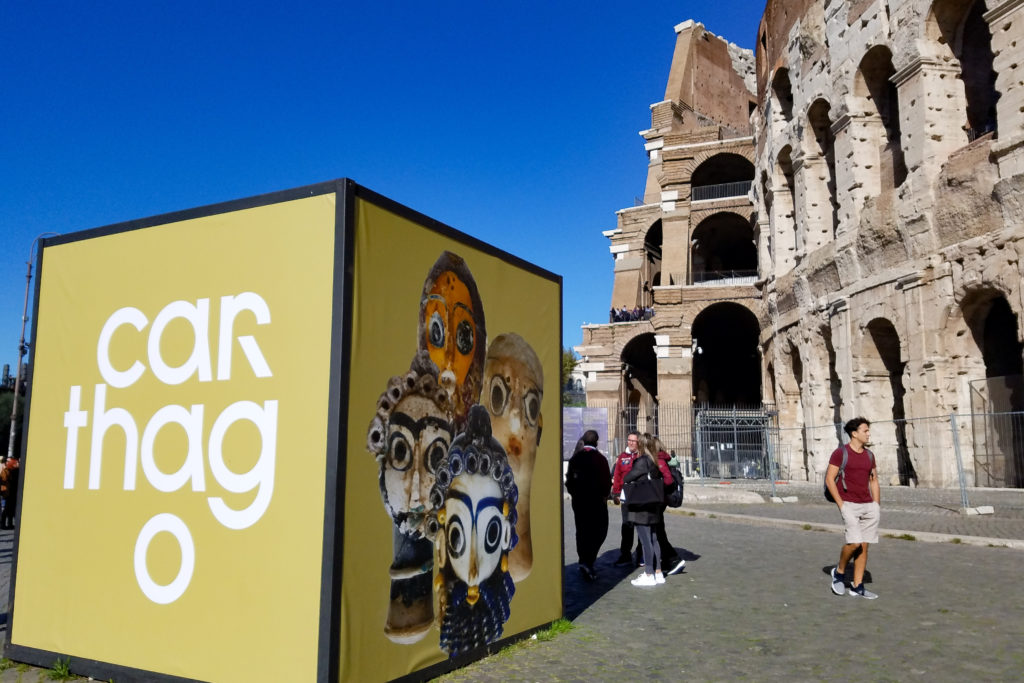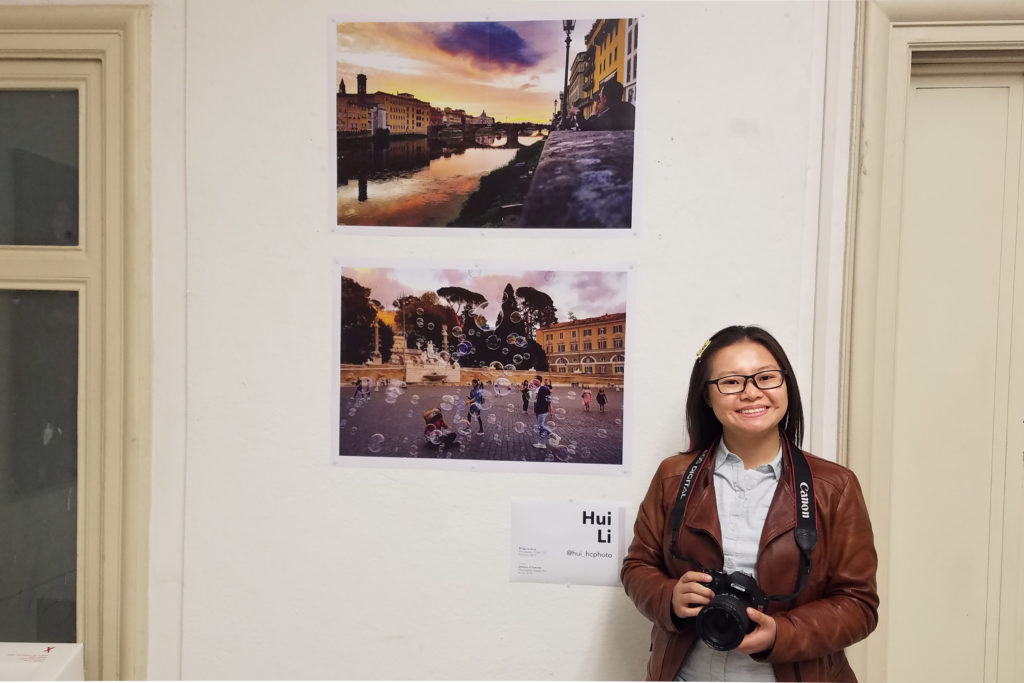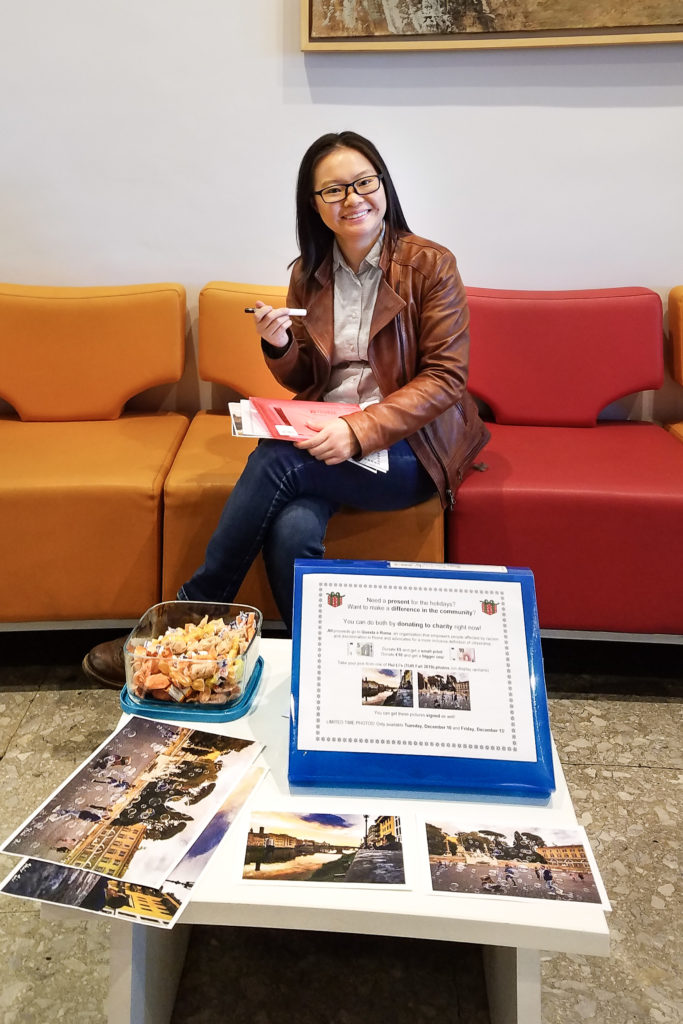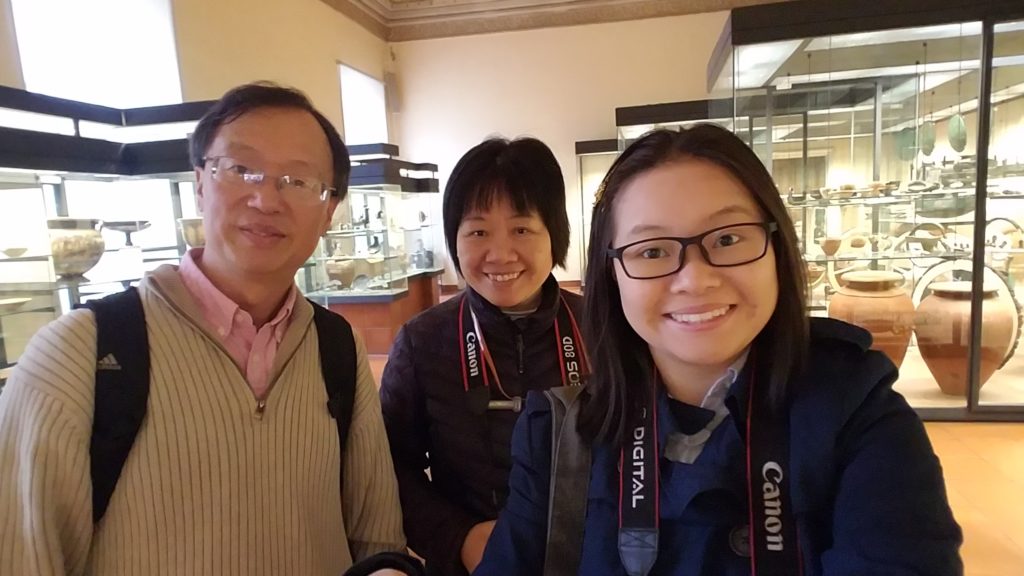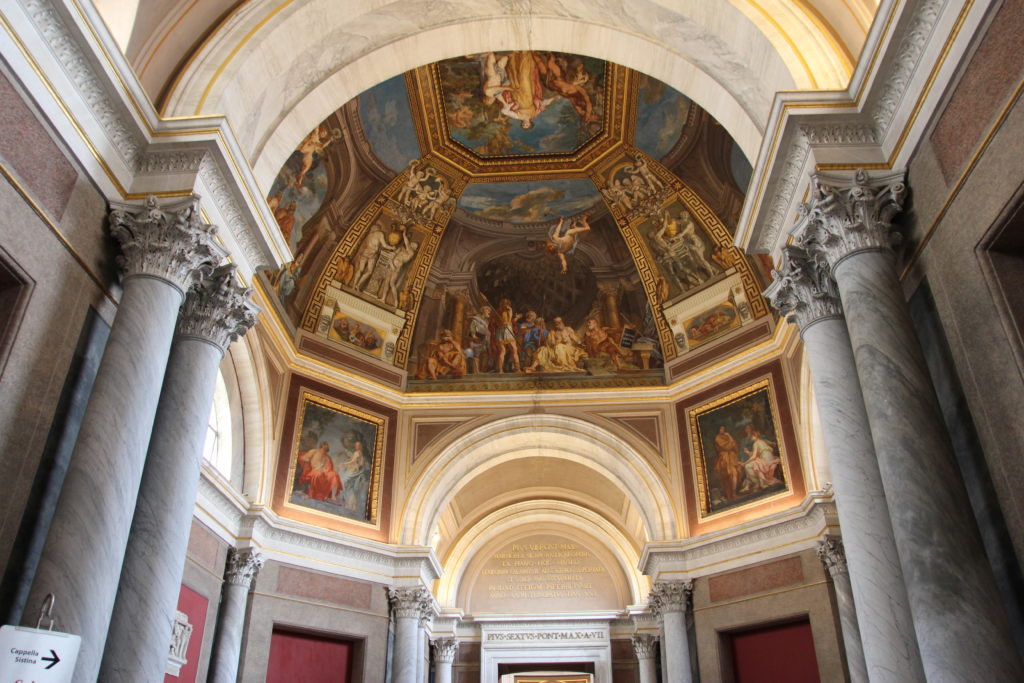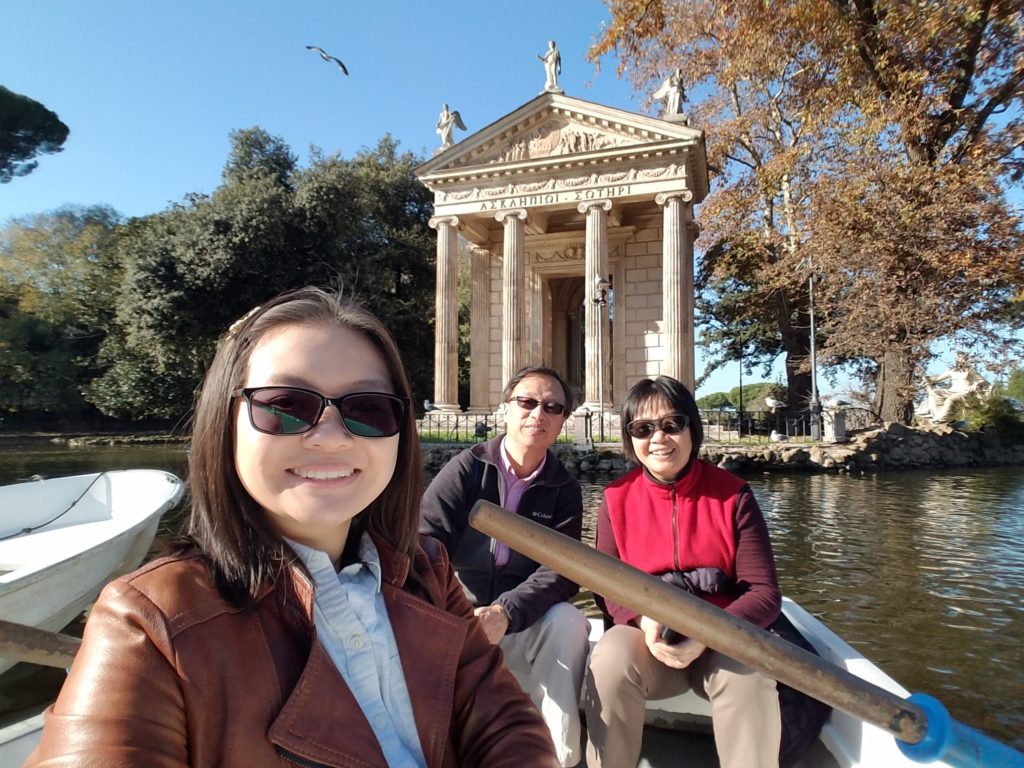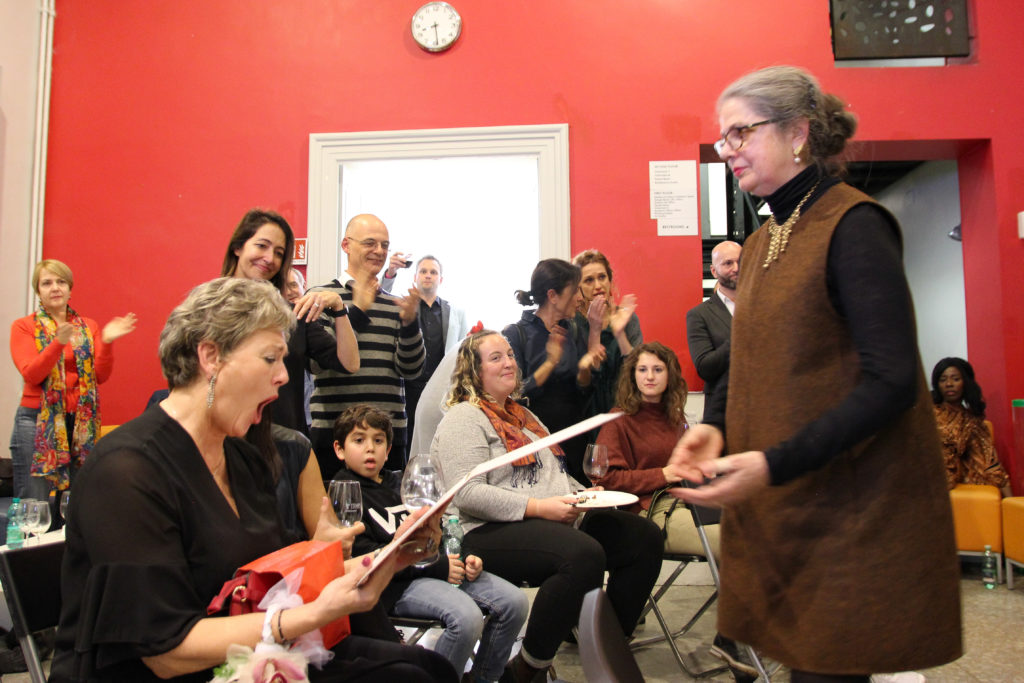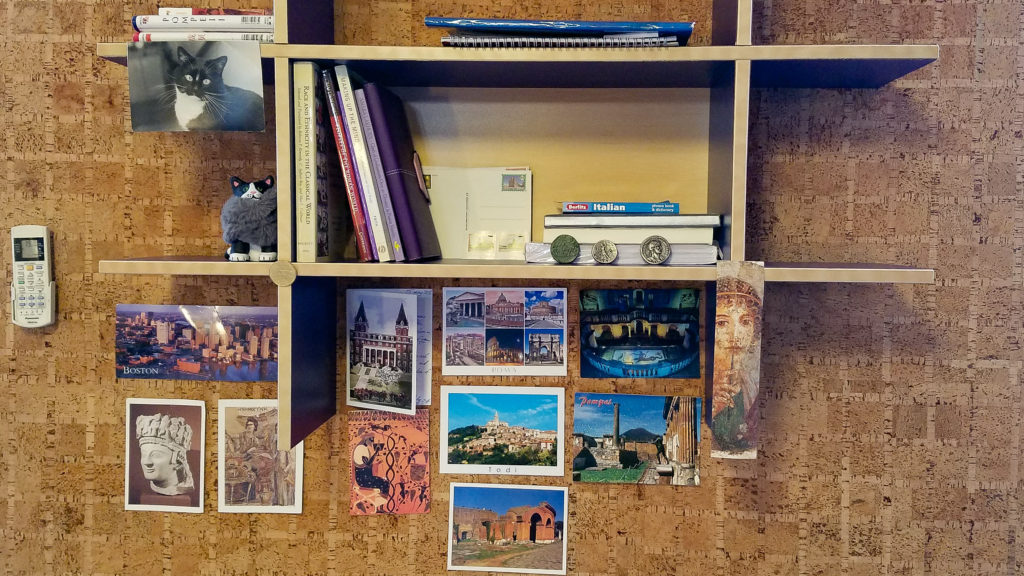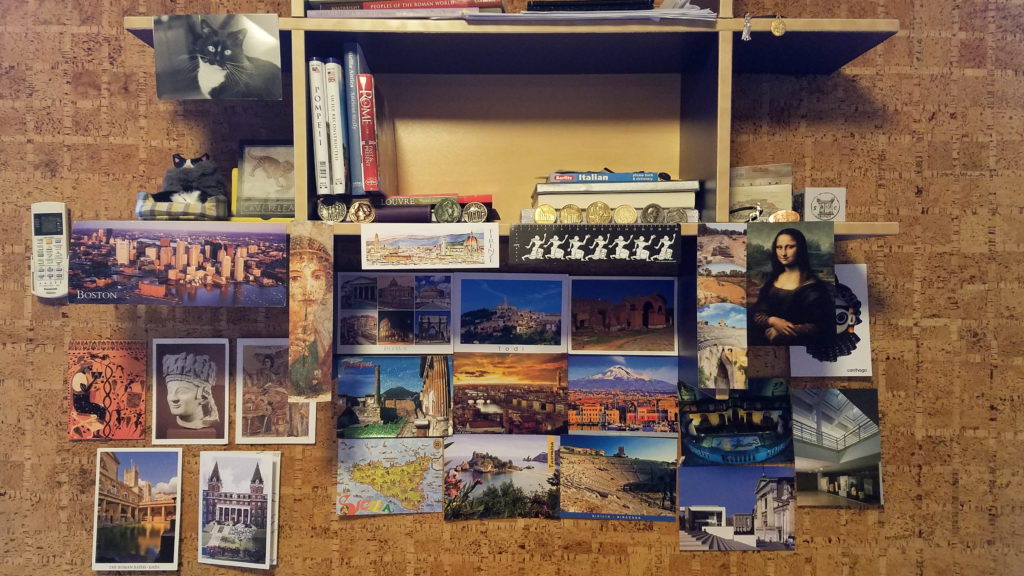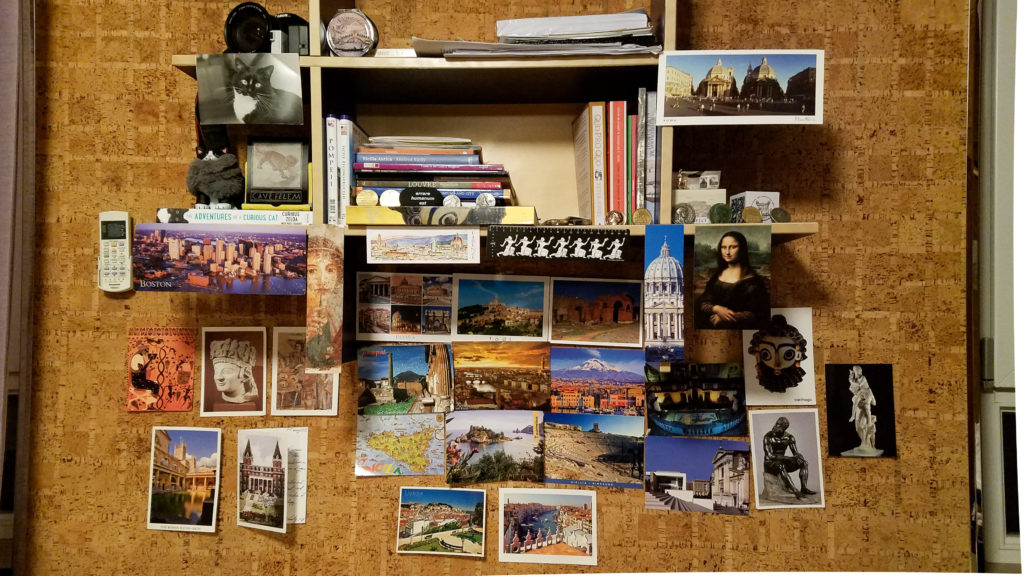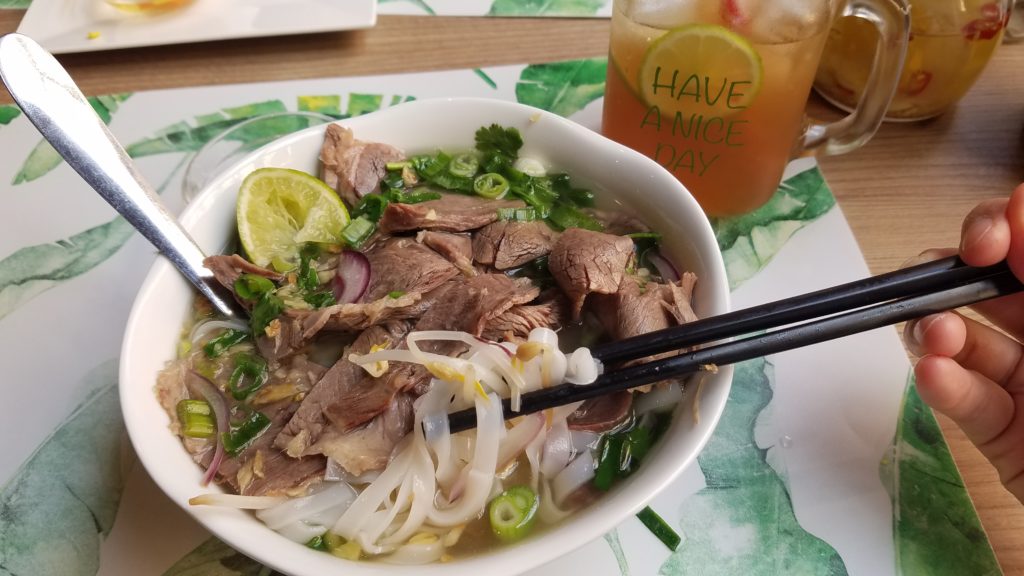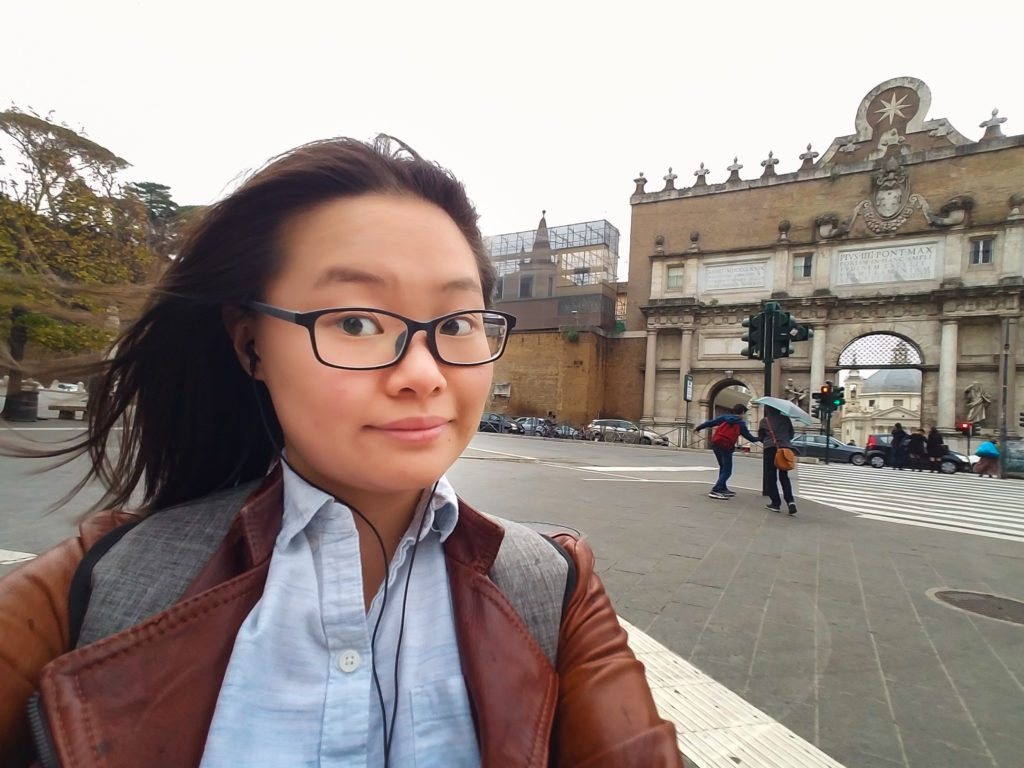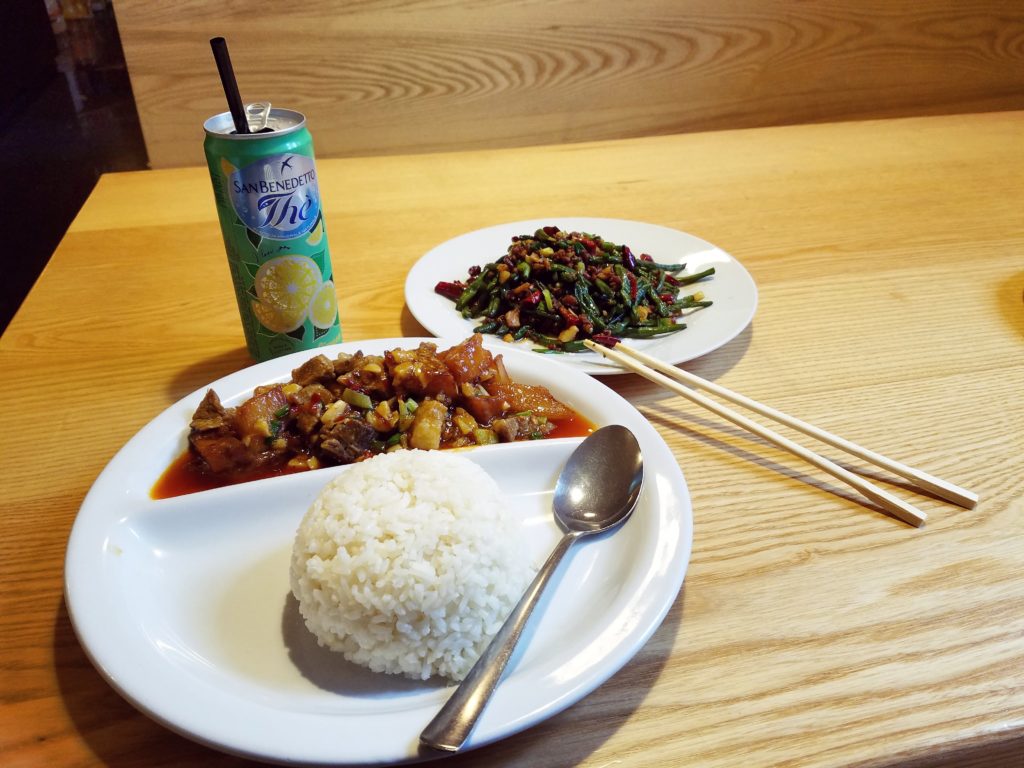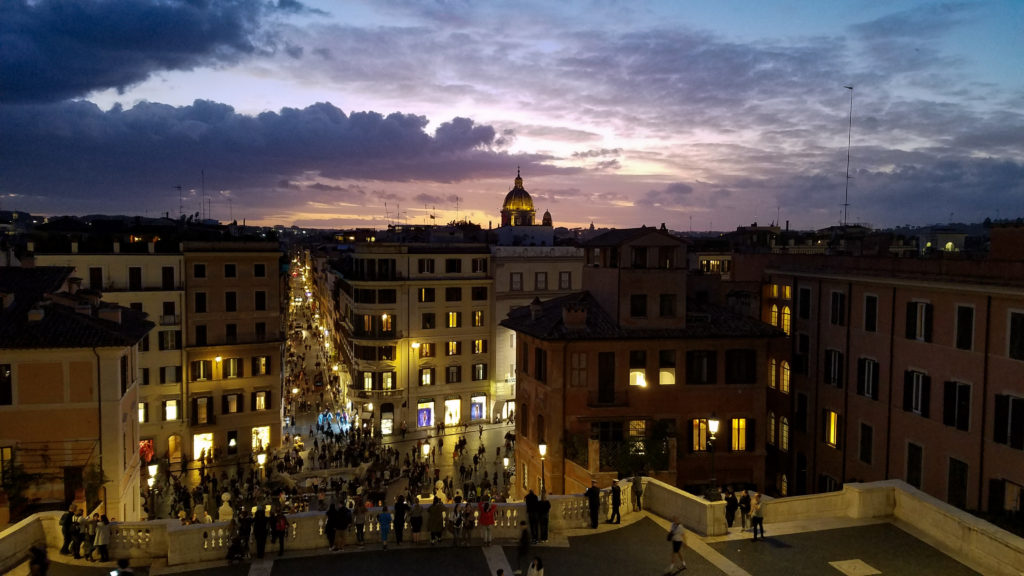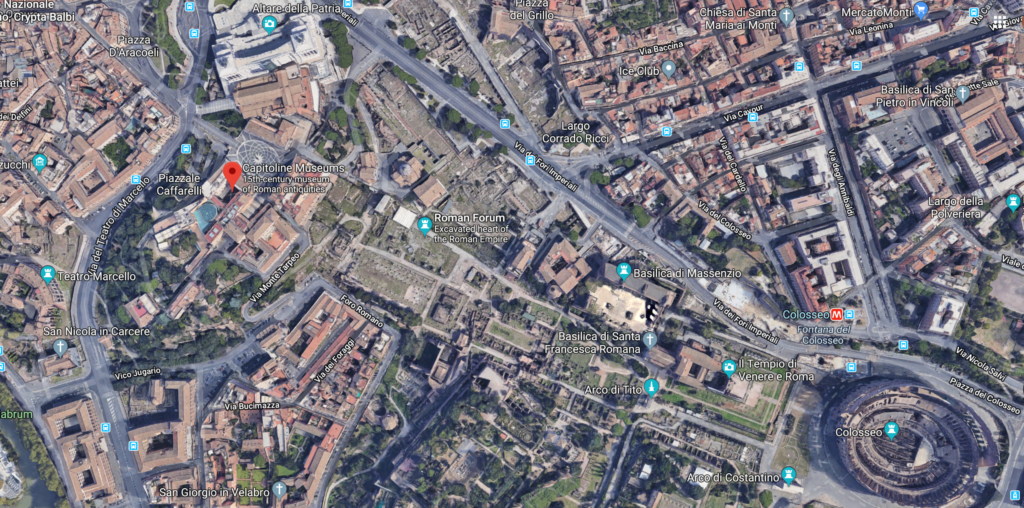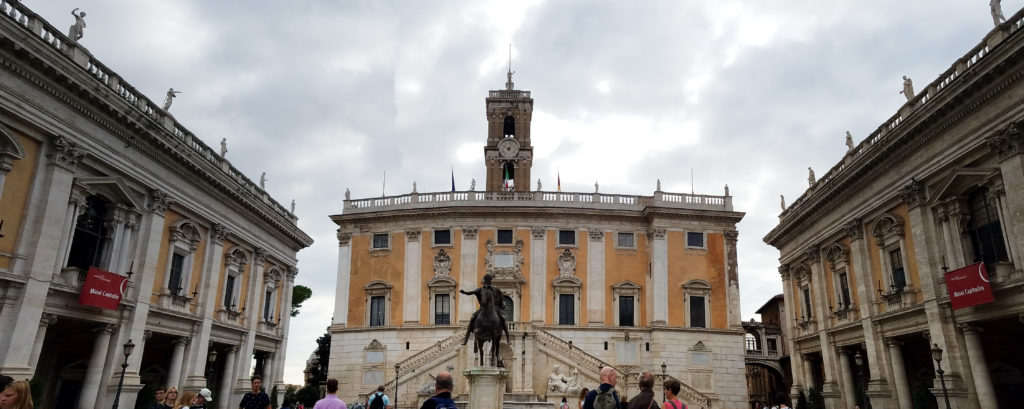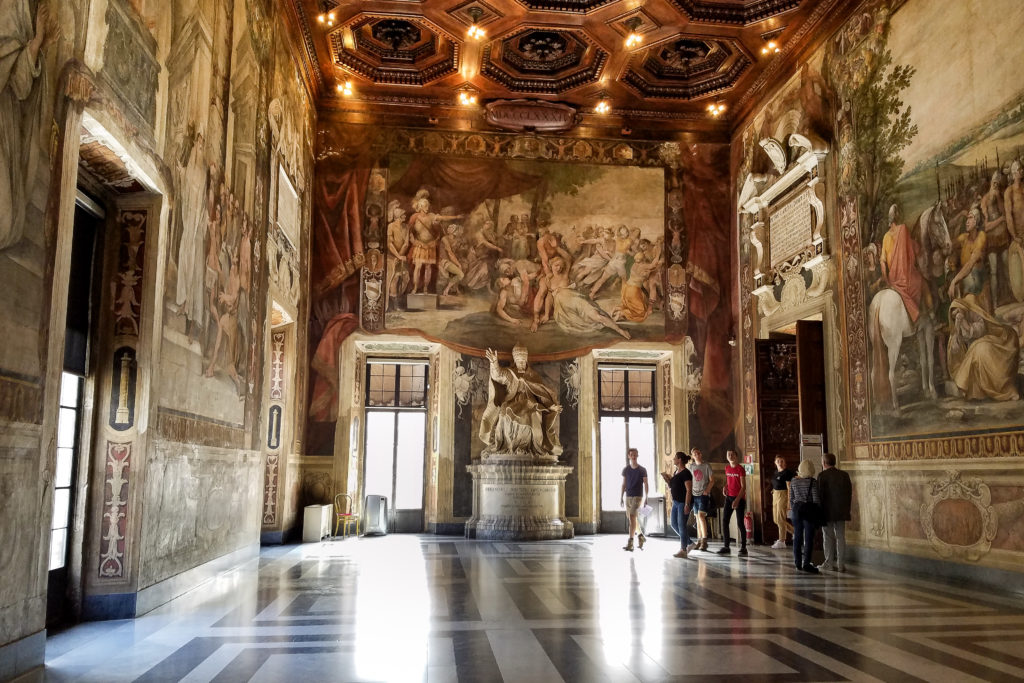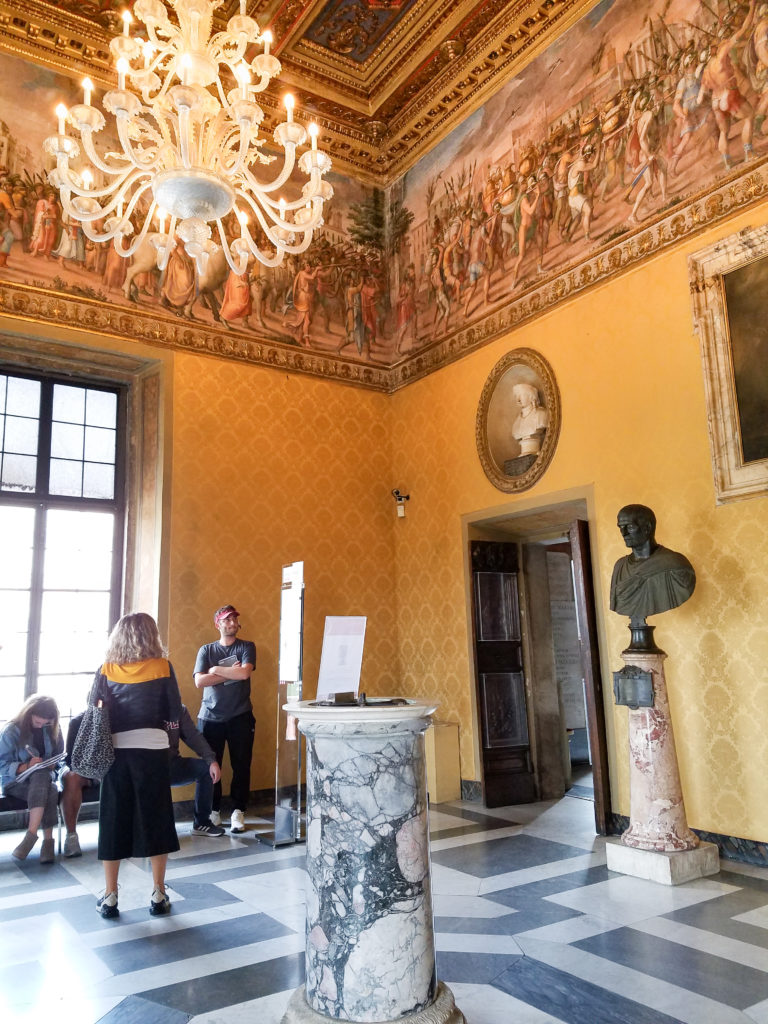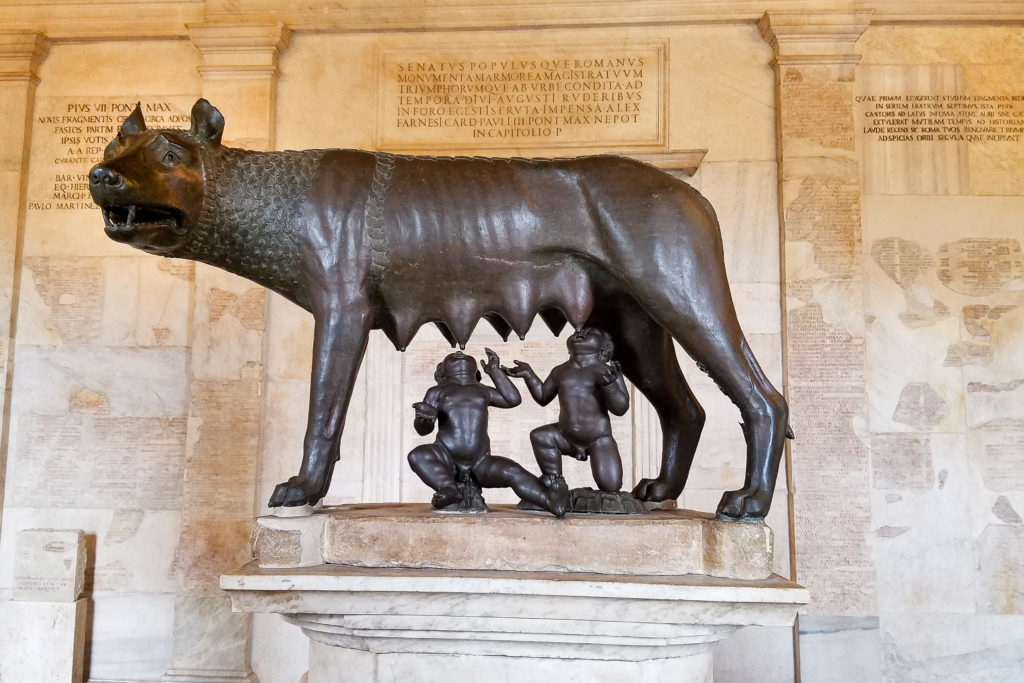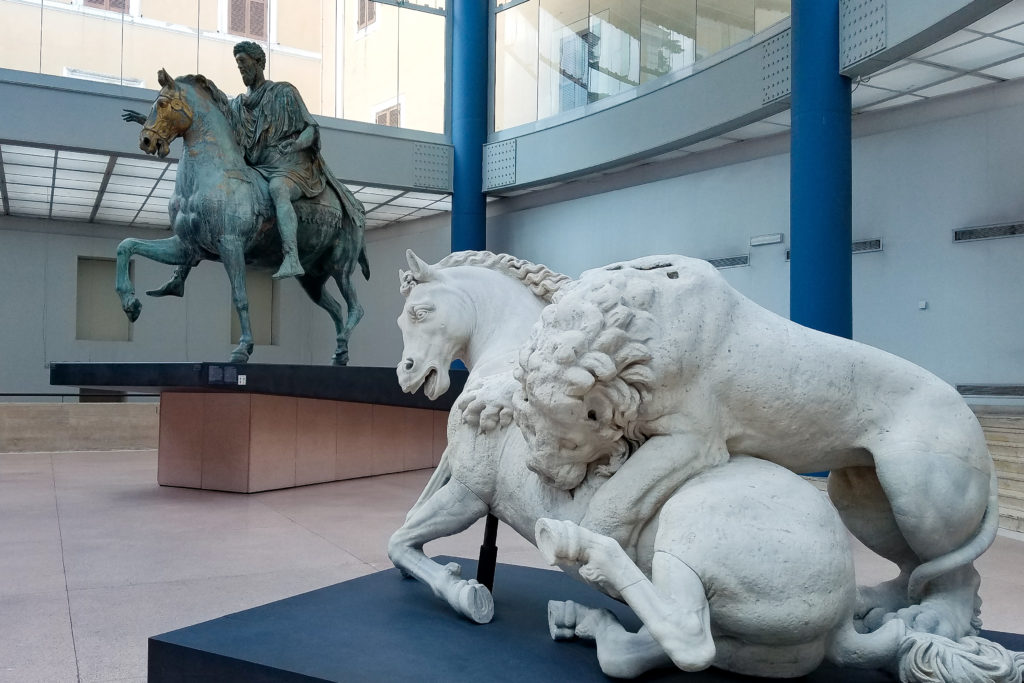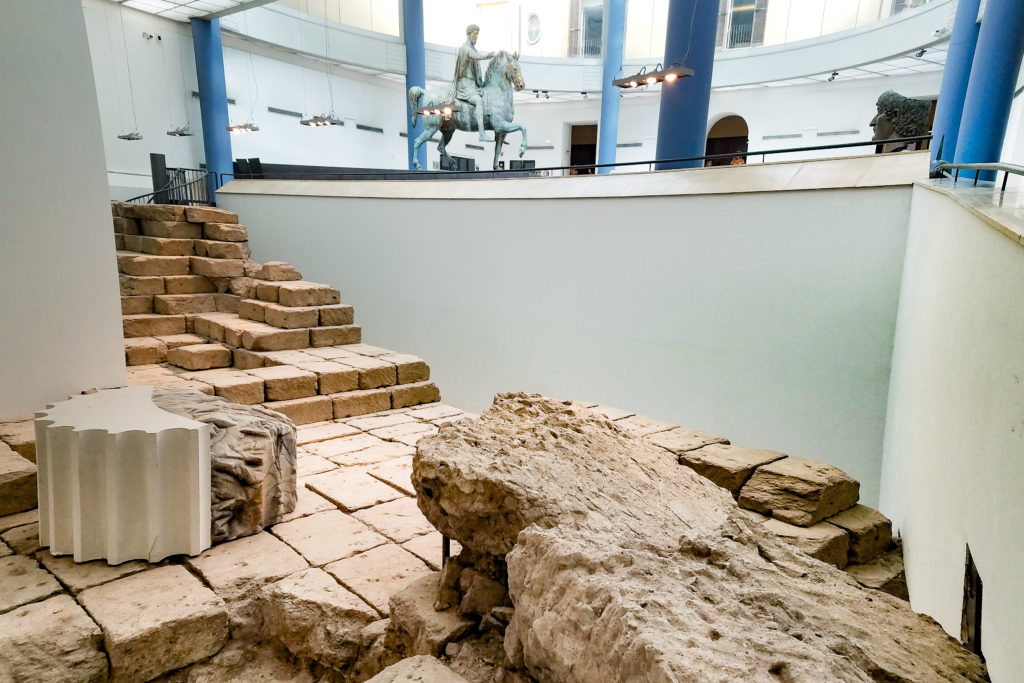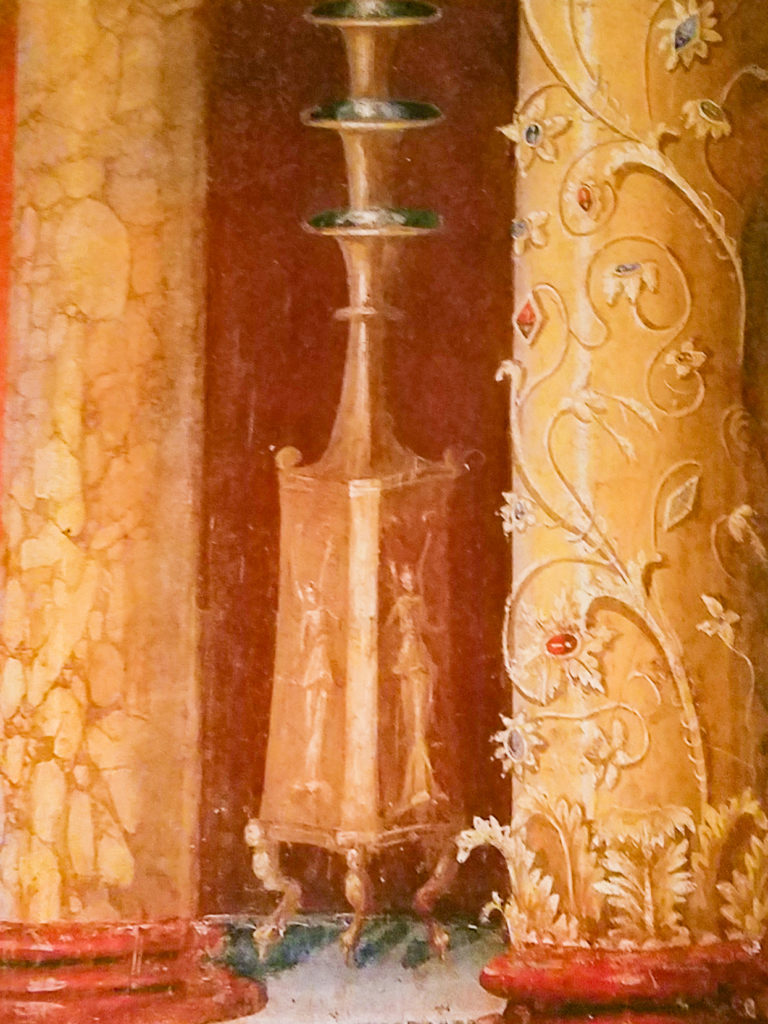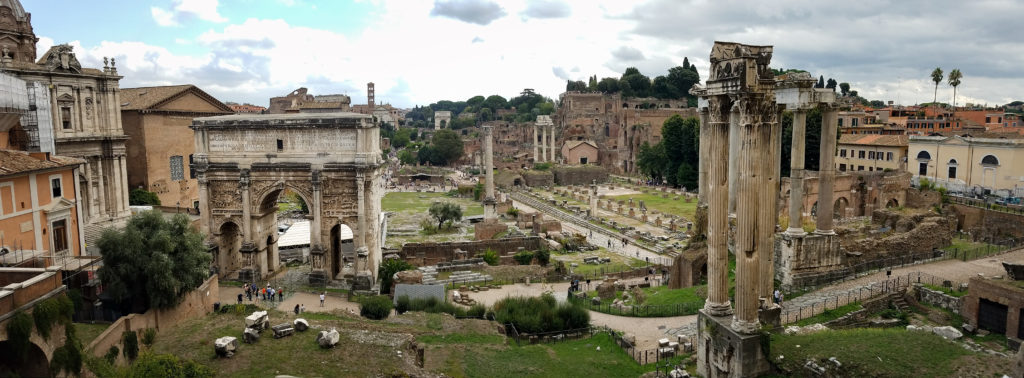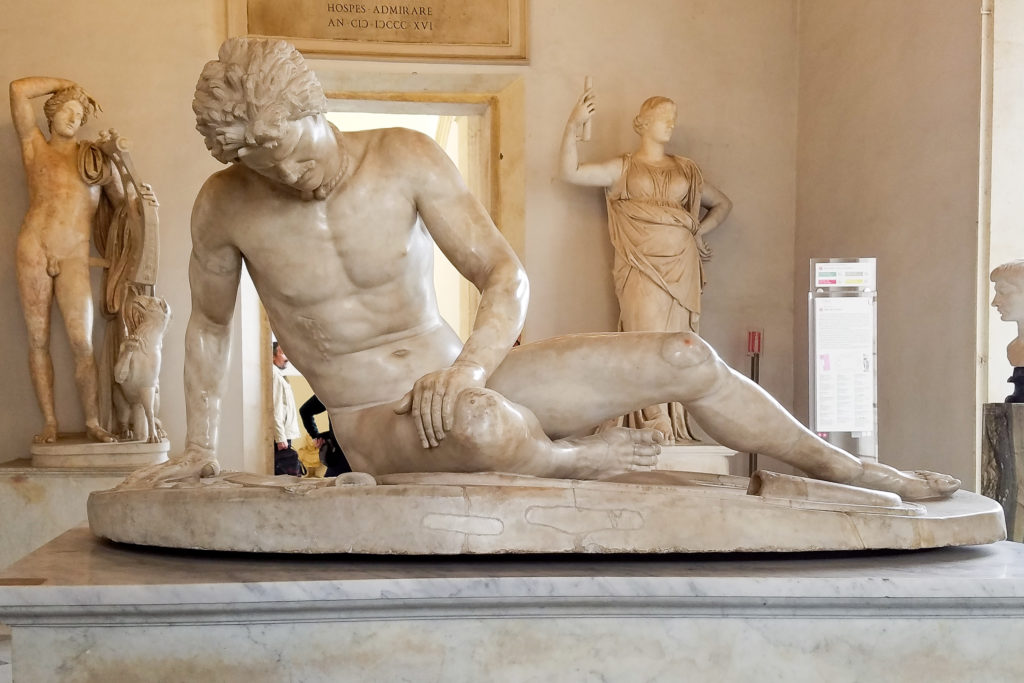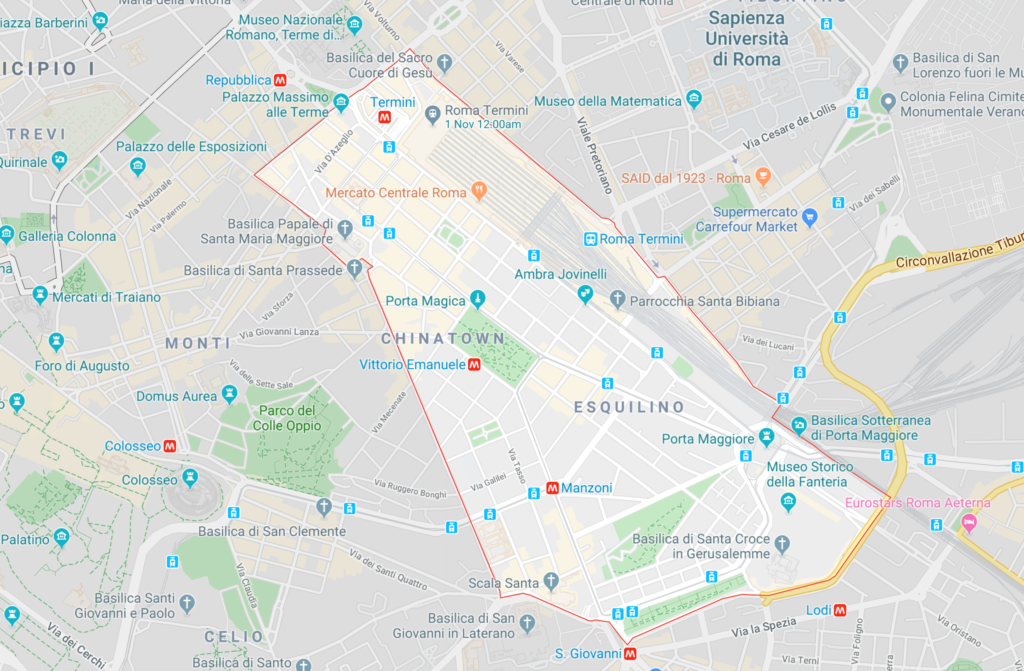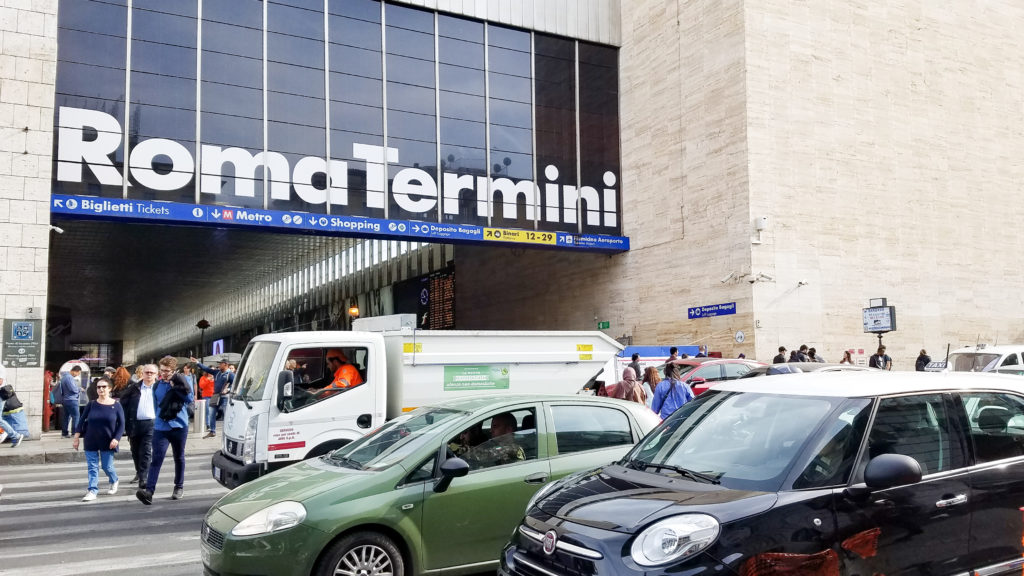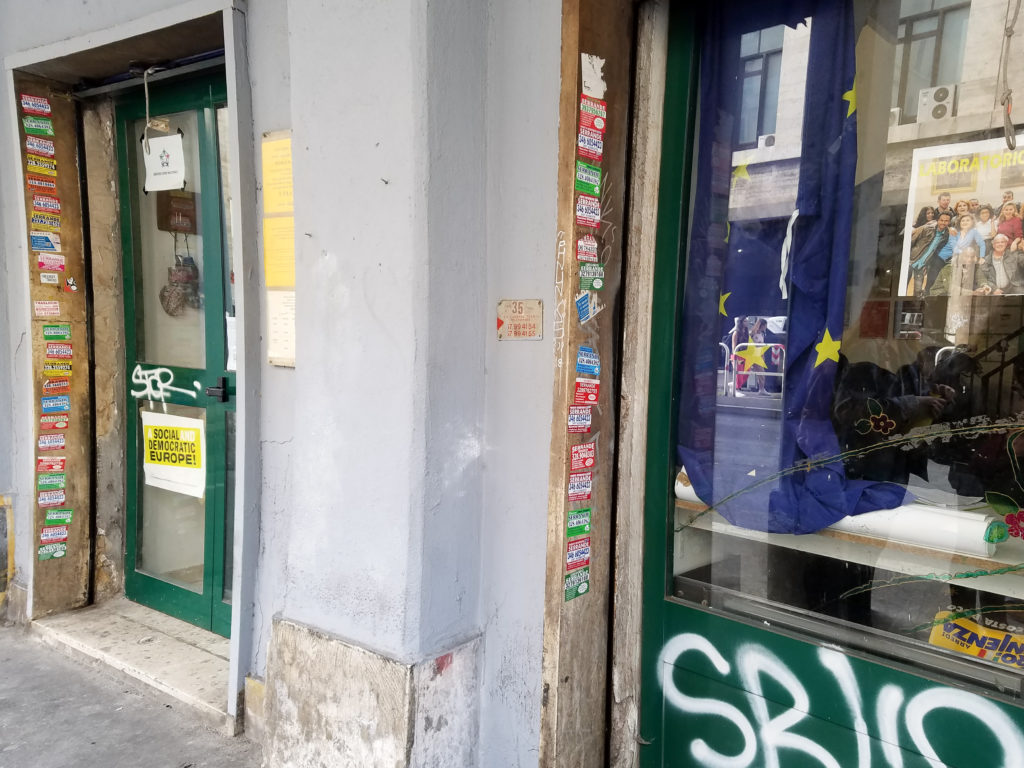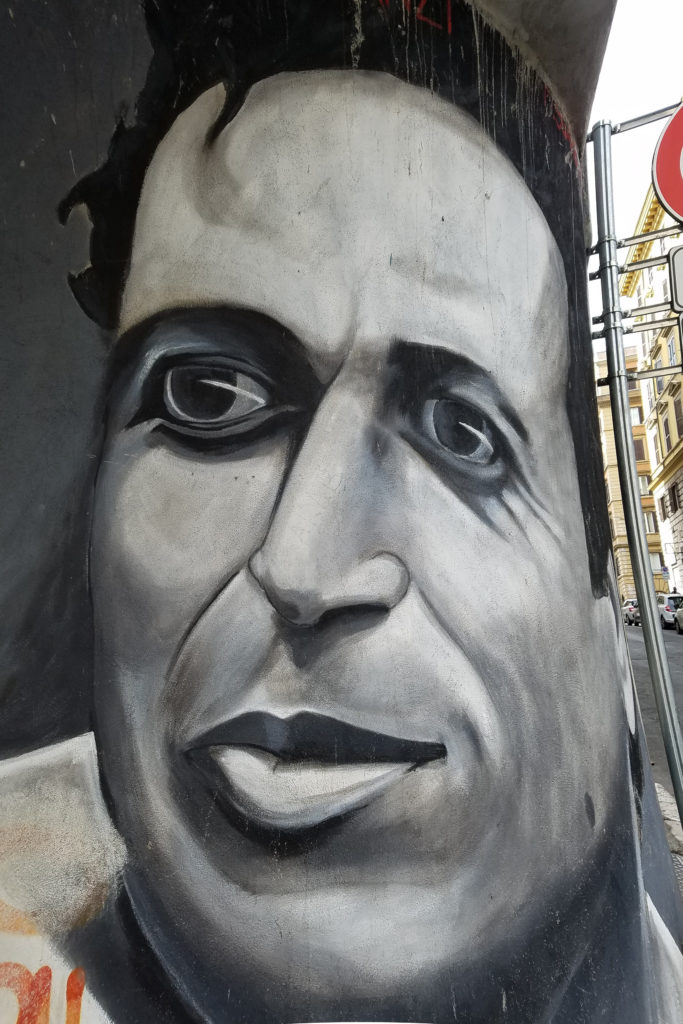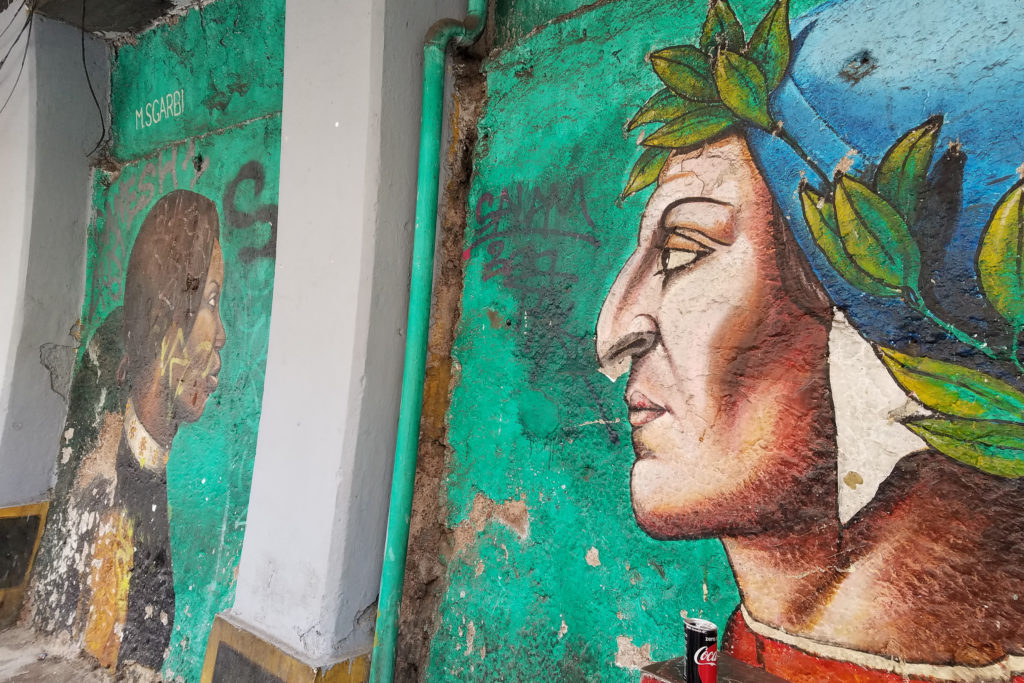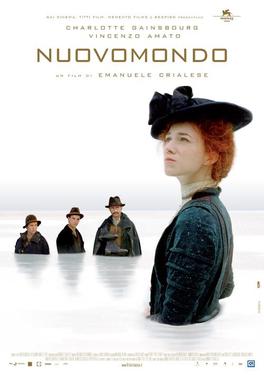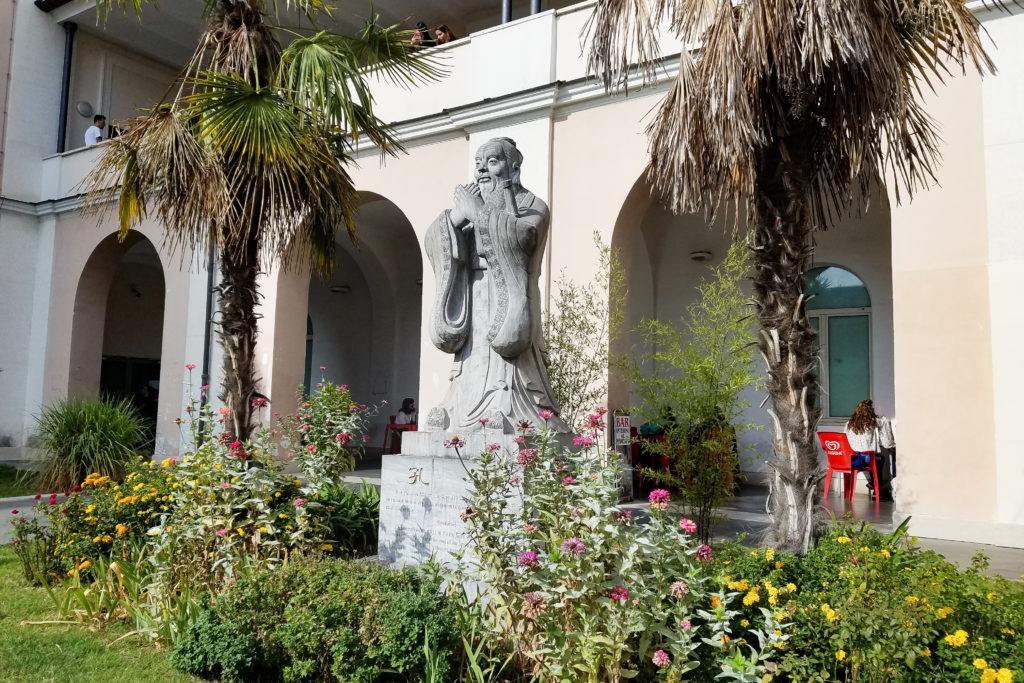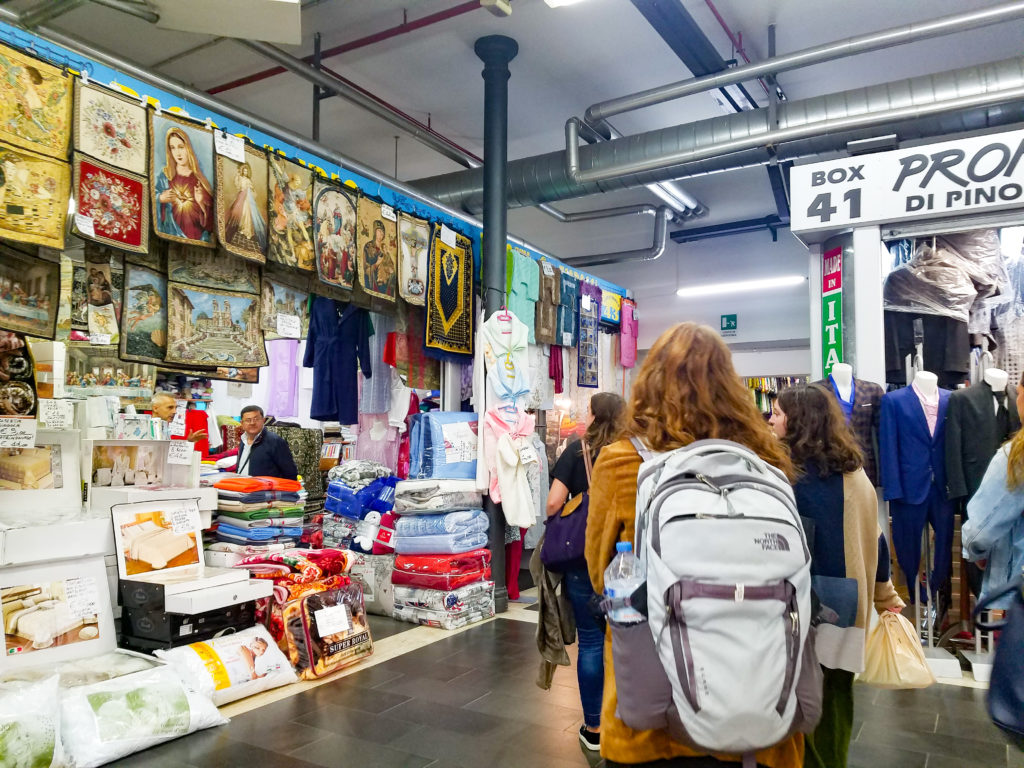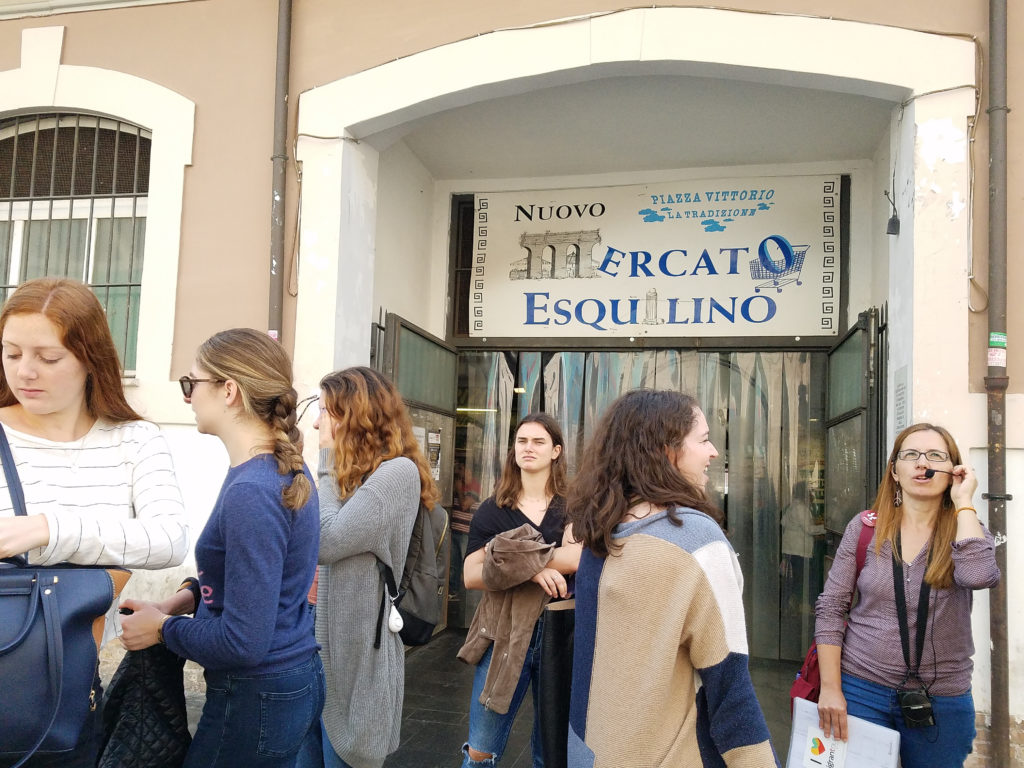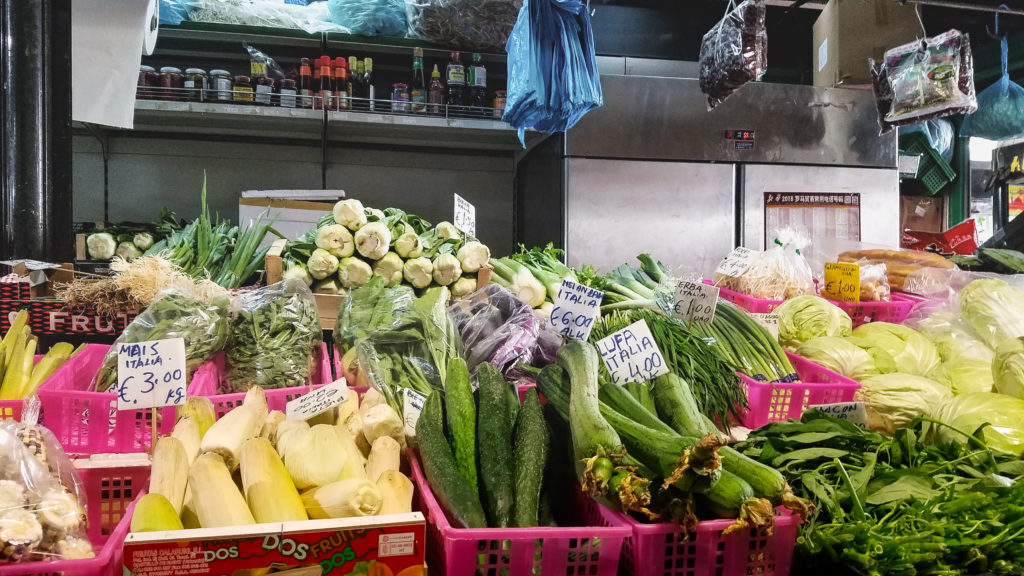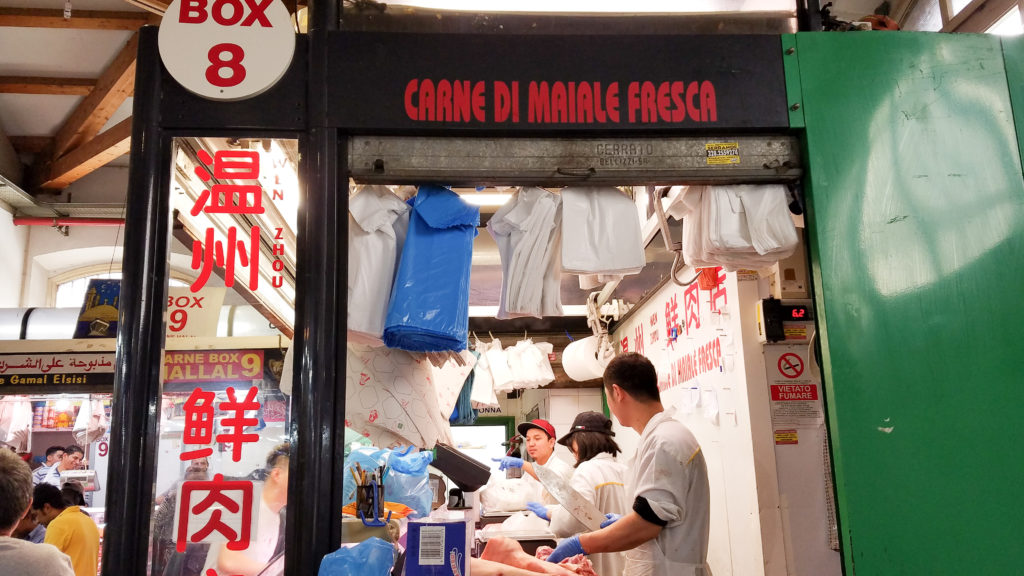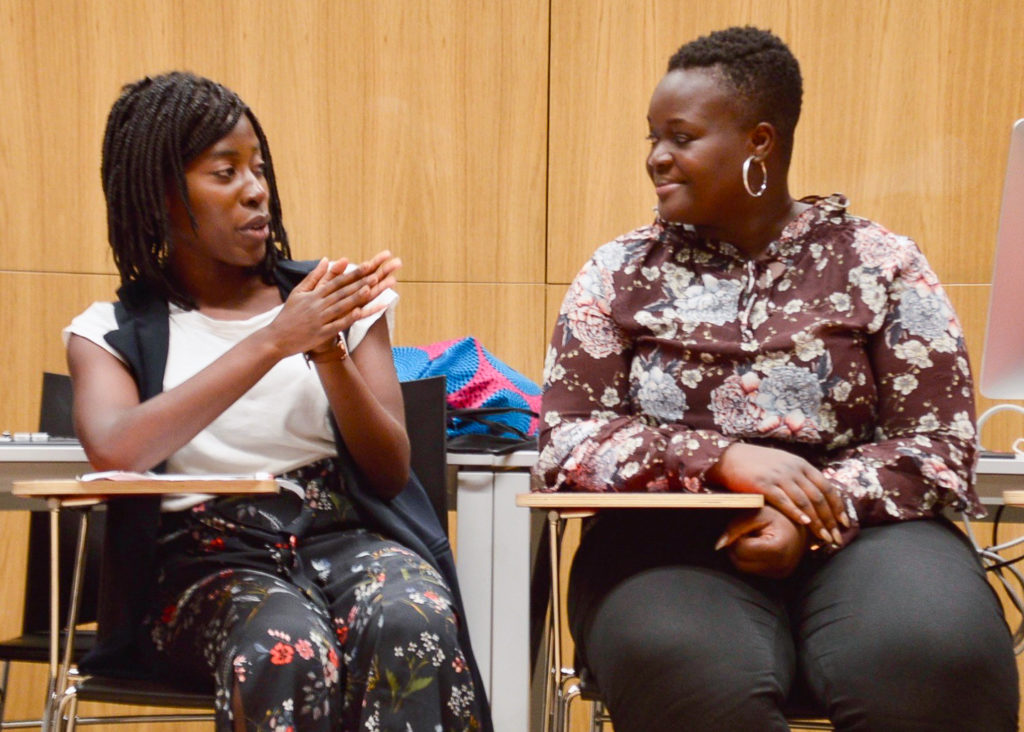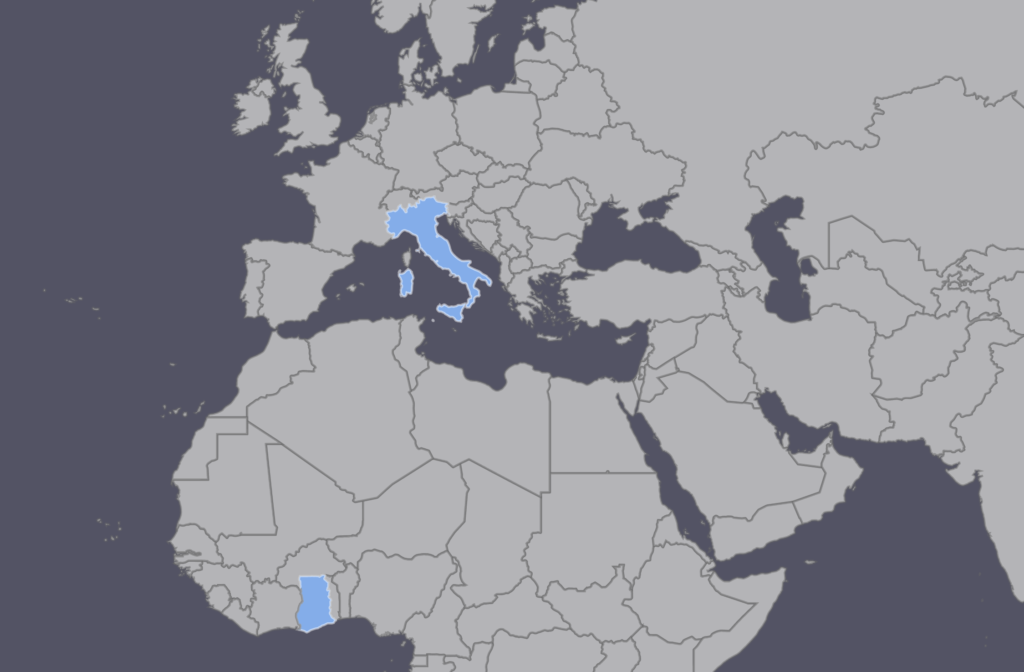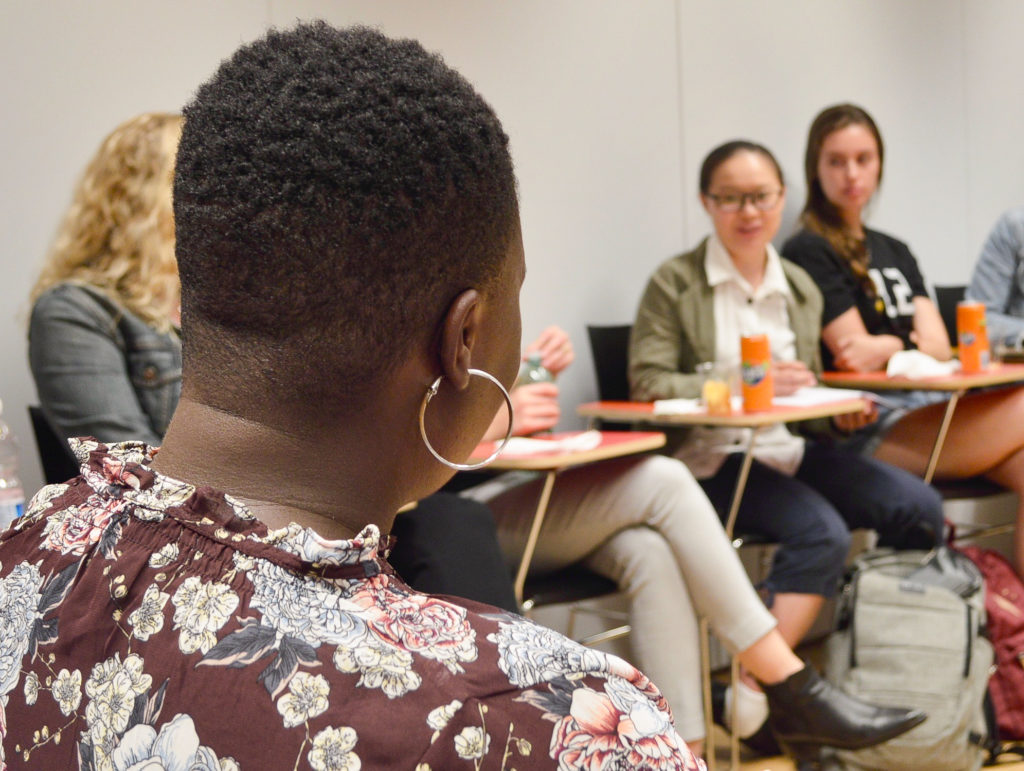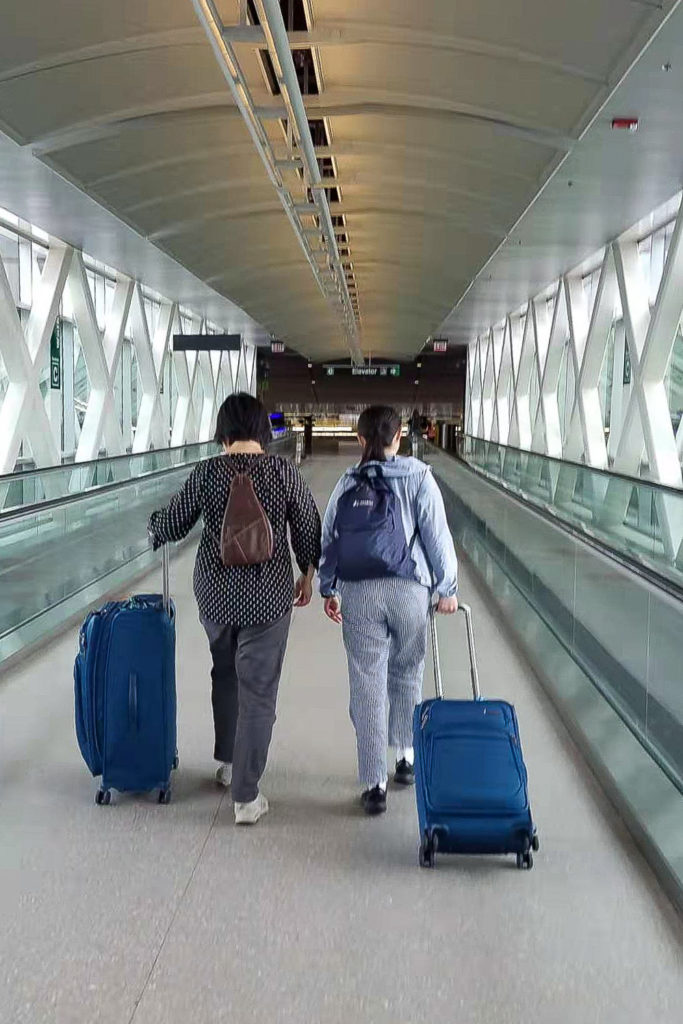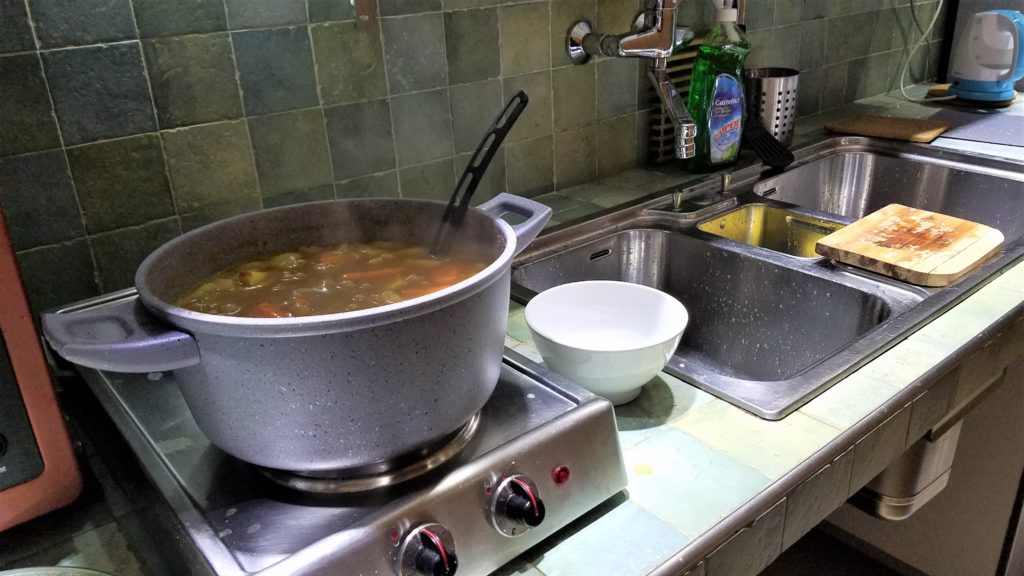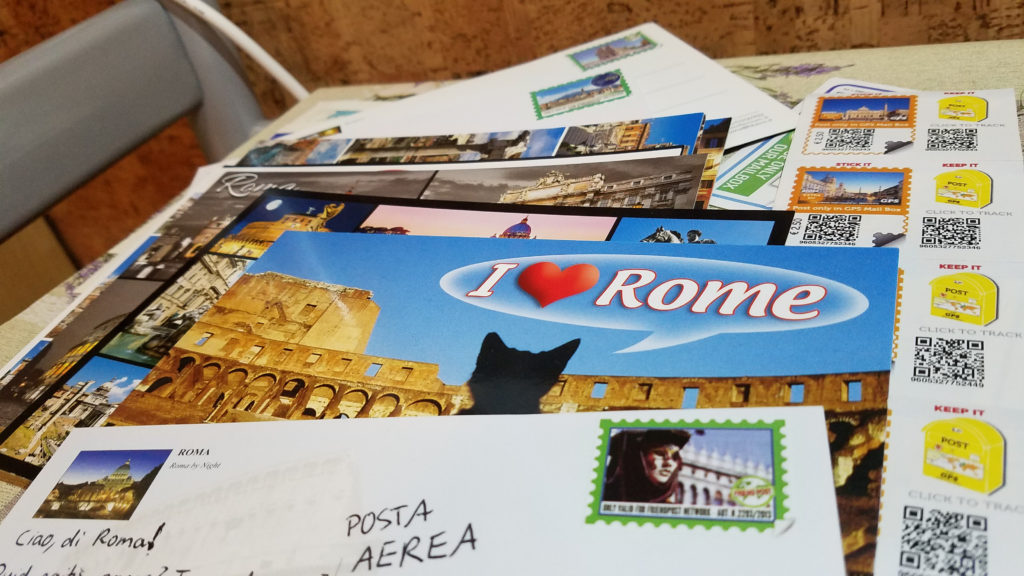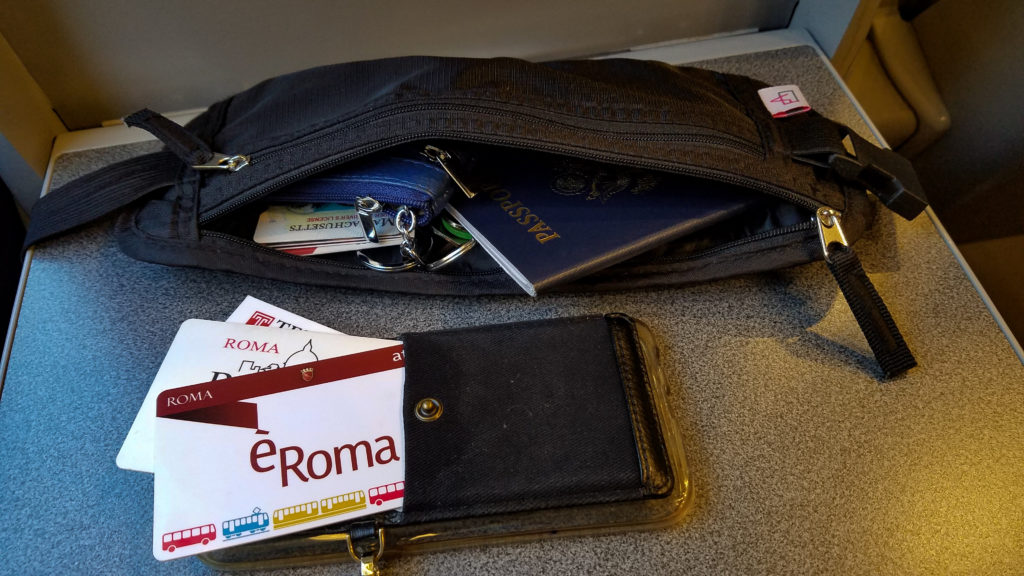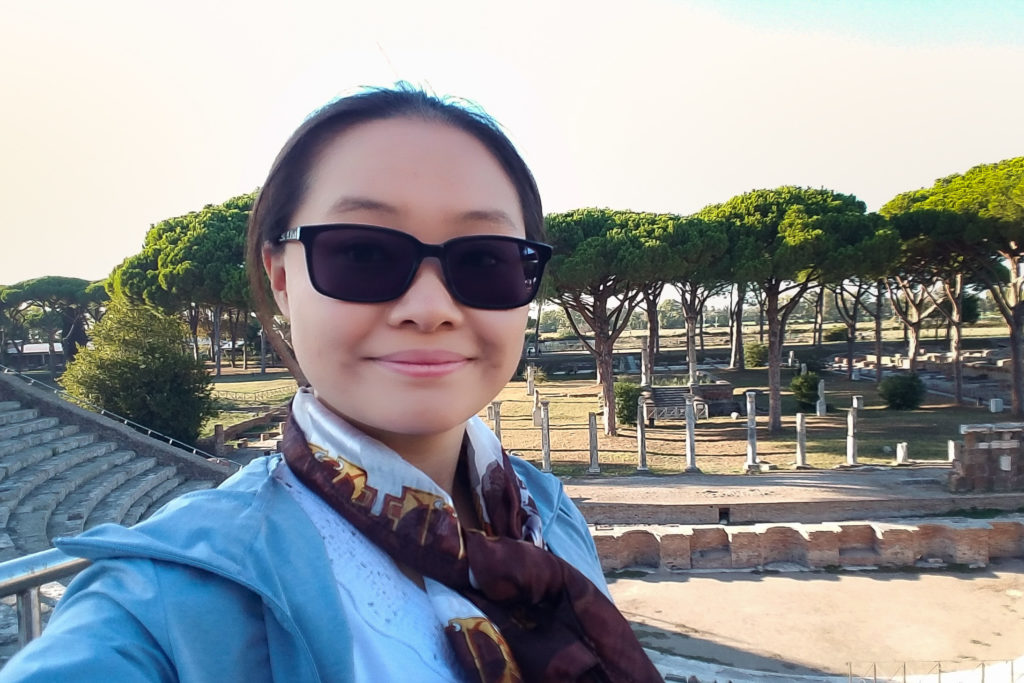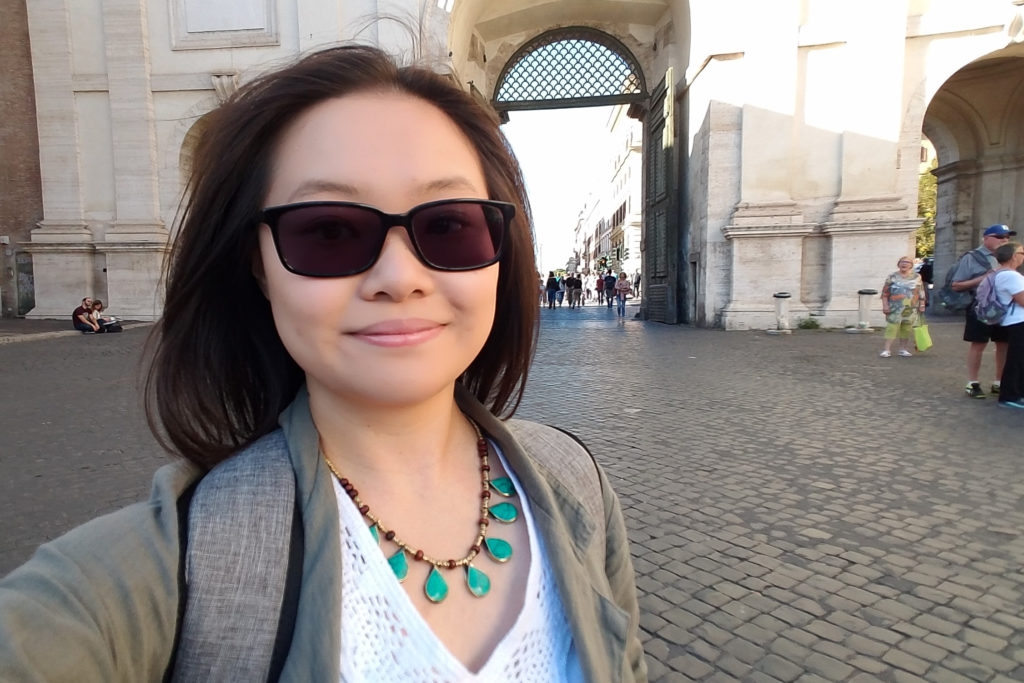Greetings, in time for the New Year!
In my last post, I had just arrived home and started to reflect on my semester abroad. There is so much to unpack from my time in Rome, both figuratively and literally!
I’ve been asking my friends, followers, and viewers online for questions they’d like to ask me about my time abroad, and let me say that you all did not disappoint! Thank you for your questions! Here are my answers to them.
Question: How did you choose a study abroad program?
When I was on campus, studying abroad was a something I hear a lot about! As a first-year, I heard older students talking about how they either planned to go abroad or had just returned from their time away from campus. I attended the Study Abroad Fair and got to hear first-hand accounts from students who had studied in different places. I learned more about specific programs through formal information sessions and through one-on-one appointment with the Office of Study Abroad.
I worked with both my Study Abroad advisor and my academic advisors to find a program that was right for me. I took into consideration my goals for the future. As a double-major, I had to look through multiple program catalogs to find one that would best help immerse me in another culture while still keeping me on track with my academic plans. I created several courseloads that would work with my two majors and looked at programs in more detail from there.
I chose Temple Rome because Rome was the best fit for my plans and interests. As a Classics major, I had always wanted to see the things I had studied for so long come to life in front of me. I started learning Latin in middle school and delved deeper into the world of the ancient Romans in high school. I loved seeing ancient artifacts and learning about the people whose language I was studying in museums.
At Holy Cross, I expanded my views of the ancient world beyond Rome: there were so many other cultures and peoples to explore in the ancient Mediterranean! I knew from my ancient history classes that ancient Rome had expanded into the largest civilization in the region and incorporated the cultures and histories of the lands it covered into the empire. And I had a chance to study in the city that was once the center of such a large expanse of land. I wanted to go to Rome not only to learn about not only the ancient Romans, but also to look for the influences of other cultures in the city and beyond.

My other major, psychology, impacted my decision as well. I learned about the beginnings of developmental psychology in my introductory psychology classes, and a name I remember seeing often was Montessori. I looked up this name, and it turns out that Maria Montessori was an Italian physican who devised the Montessori method of education for the underprivledged children of Rome in the early 1900s! I was lucky enough to have seen where the method had started in the San Lorenzo district in the city, an area I had explored in not a psychology course, but in my political science course! I’m glad I got to walk through history for not only my Classics degree, but also for my studies in psychology as well.

Question: What was the most unexpected experience you had during your time abroad?
There were so many unexpected things that happened while I was abroad I don’t know where to start! I had two travel-related mishaps, one when I missed my bus to Pompeii because of construction on the Roma Metro (a misadventure I made the most of here) and the other when my flight back to Rome was pushed a day back because of aviation strikes (transportation strikes are common in Italy) and I stayed an extra night at a hastily-booked room in Catania, Sicily.
An unexpected experience I had in Rome was when I used three languages in one day while walking through the Nuovo Mercato Esquilino at Piazza Vittorio (an adventure I wrote about here). I heard a lot of the merchants say “Ni hao!” (“Hello!”) to me in Chinese (a language I didn’t think I would hear much of in Italy). My professor’s friend, Omar, who works at a butcher stand in the market, asked me a few questions in Chinese! It took me a moment to switch from English to Chinese to respond to him, and even longer for me to switch back to English to talk to my classmates, and later from English to Italian for Italian class! I was not expecting a trilingual experience that day!
Question: What are some highlights from visiting Florence?
When I went to Florence for a weekend in October, I liked seeing how different the place was from a city like Rome! The streets were less crowded and more colorful, with distinct architecture and art from the Renaissance. My favorite place was Ponte Vecchio, where I got to see an amazing sunset! The pictures I took from that short trip are some of the best ones I took from my entire semester abroad. The photo of the sunset in Florence was also one of the prints I gave away for my fundraiser; it was very popular in the Temple Rome community!
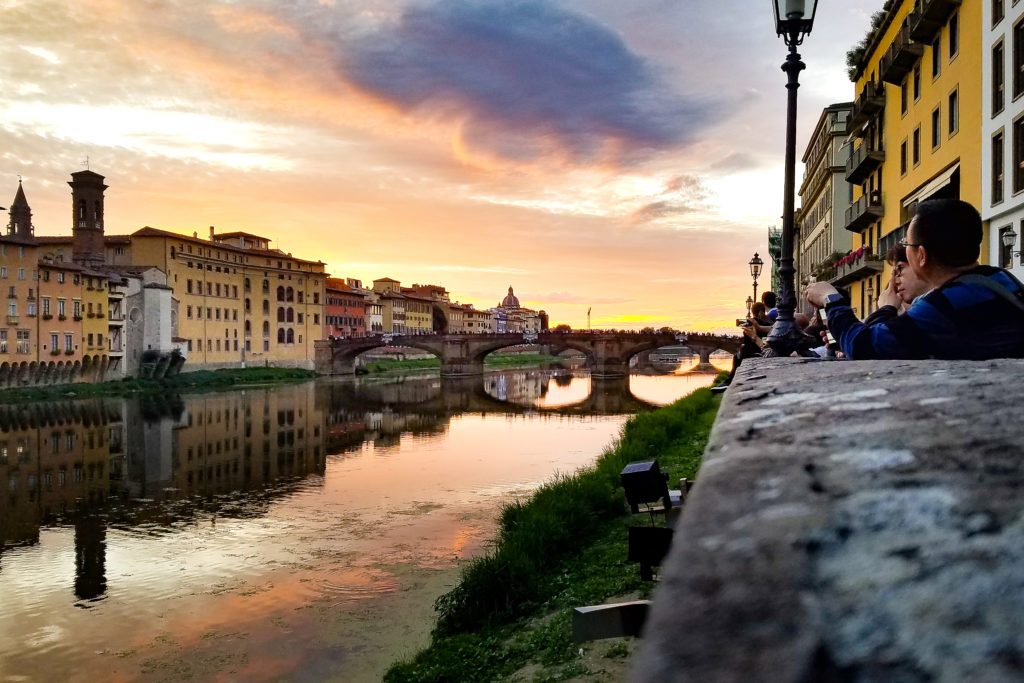
Another highlight from my trip to Florence was the food. I had heard of Tuscan cuisine in the United States, but I had never tried until October! I tried charcuterie for the first time in Florence and loved the local pizza and pasta as well. I even got to try something new in the Mercato Centrale on my last day there! One of my former professors who read my post about Florence said I was “adventurous” for trying fried rabbit there! It’s fun to try new things.
Question: Did you have a new favorite food you tried?
This is a hard question: I had so much good food abroad! While I loved trying regional dishes in the places I visited (cannoli and chinotto in Sicily, sarde in saor in Venice, and so on), I have to say my favorite food from the semester is a tried and true Roman classic: carbonara. I tried the dish of pasta, eggs, pancetta (pork belly), and pecorino cheese (the local sheep’s cheese in Rome) several times, both near Via Flaminia behind campus and farther away from the center of the city. My favorite carbonara was at the seaside restaurant I went to in Ostia. I giggle to myself every time I think about the ingredients, because I can imagine trying to make an omelette from bacon, cheese, and eggs at home!
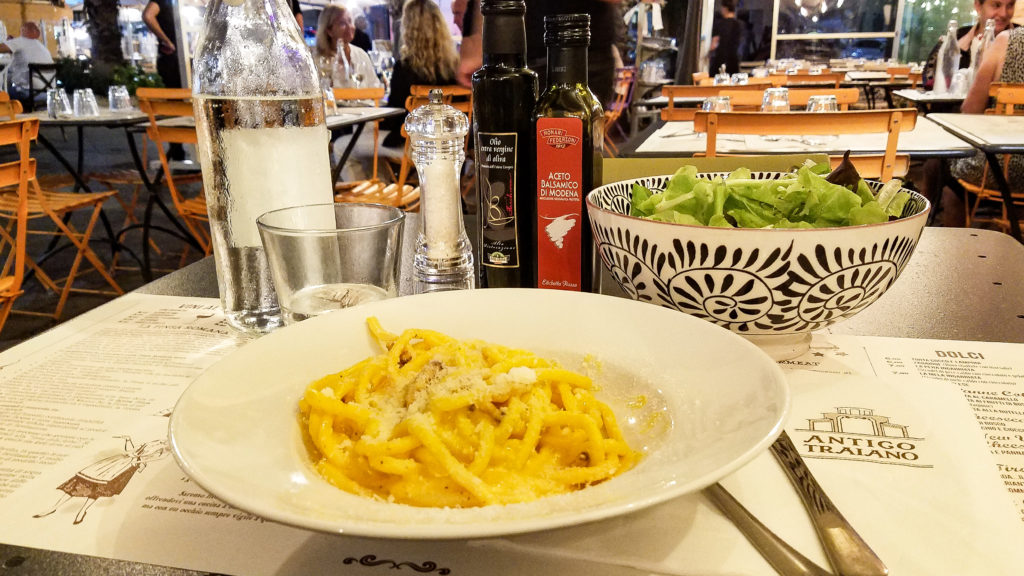
Question: What was your favorite lunch place around campus?
Yet another hard question! So many good places to eat lunch around campus. Almost every day, I looked for places to eat along Via Flaminia and tried a few different ristoranti (larger places to sit down and eat) and trattorie (places to get a quick bite of pizza or sandwiches.) I’d say my go-to place behind campus was Alice Pizza, a pizza chain with a lot of choices! I got to try classics I’ve tried in the United States like the margherita (tomato sauce and mozzarella cheese) and tried new toppings like prosciutto (sliced ham) and roasted melanzane (eggplants). Orders are priced by weight and heated up in the oven while you pay.

Question: Any activity recommendations besides just sightseeing and eating?
A very important question! While there is so much to see and eat while abroad, it is also important to get involved with local activities at school as well.
When I was at Temple Rome, I got notifications about upcoming events and could access places I could sign up for them. We all signed up for Italian cultural labs, which could be anything from exploring in the historic markets of the city to learning Italian with dogs to listening to Italian music!
Some of my classmates volunteered at local places like high schools near campus or the refugee center further downtown. Others signed up to play calcetto (soccer) or basketball after classes. I was lucky enough to sign up for the last cooking class of the semester. Making pasta by hand was hard, but it was lot of fun and definitely worth it in the end!
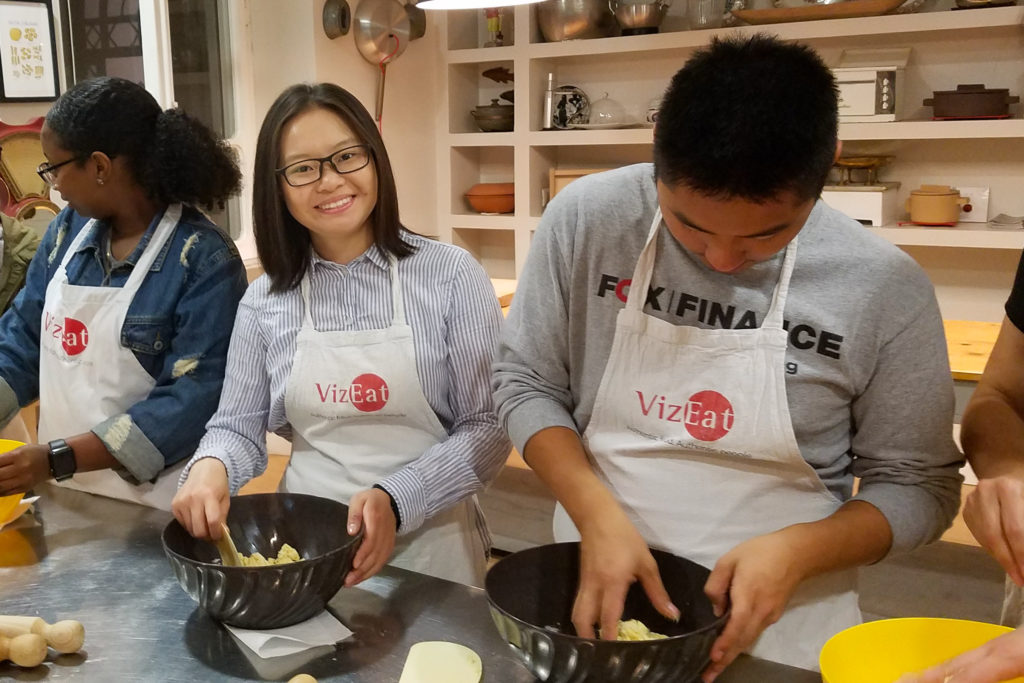
We also got to attend special lectures on campus about issues we wouldn’t have learned about otherwise. I went to a discussion about race in Italy and met Susanna, an Afro-Italian activist who shared how she found her identity in Rome. I got to plan my own activity on campus through my fundraiser for QuestaèRoma, the organization Susanna works with. (Read about how I planned this project here.) I’m grateful to Temple Rome for their support through my independent project. I’m glad we could make something wonderful happen for the holidays!
Those are all the questions I got for this Q&A! Do you have anything else to ask me? Leave a comment below, and we’ll see if I get enough questions for another short Q&A next month as well. Happy New Year!


